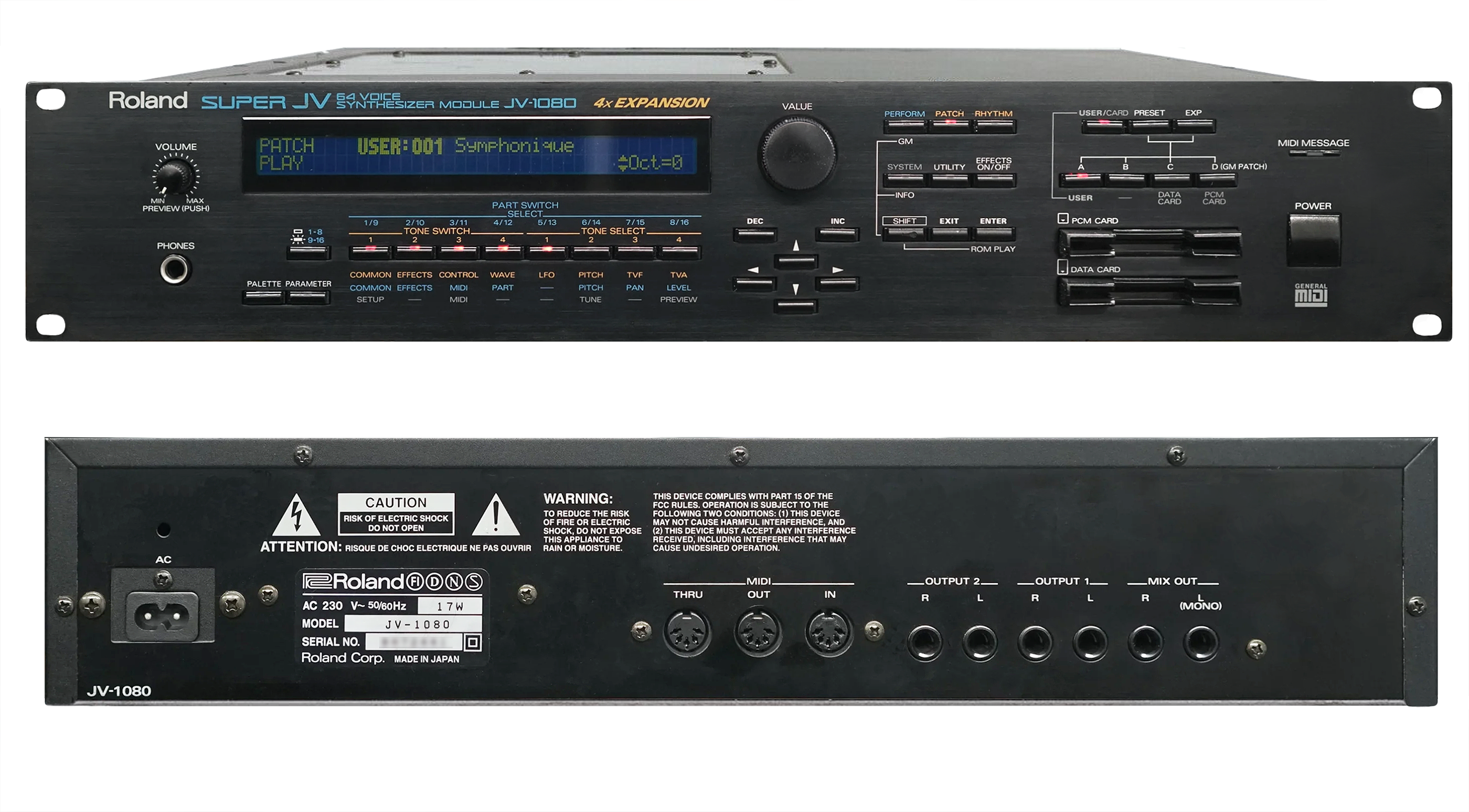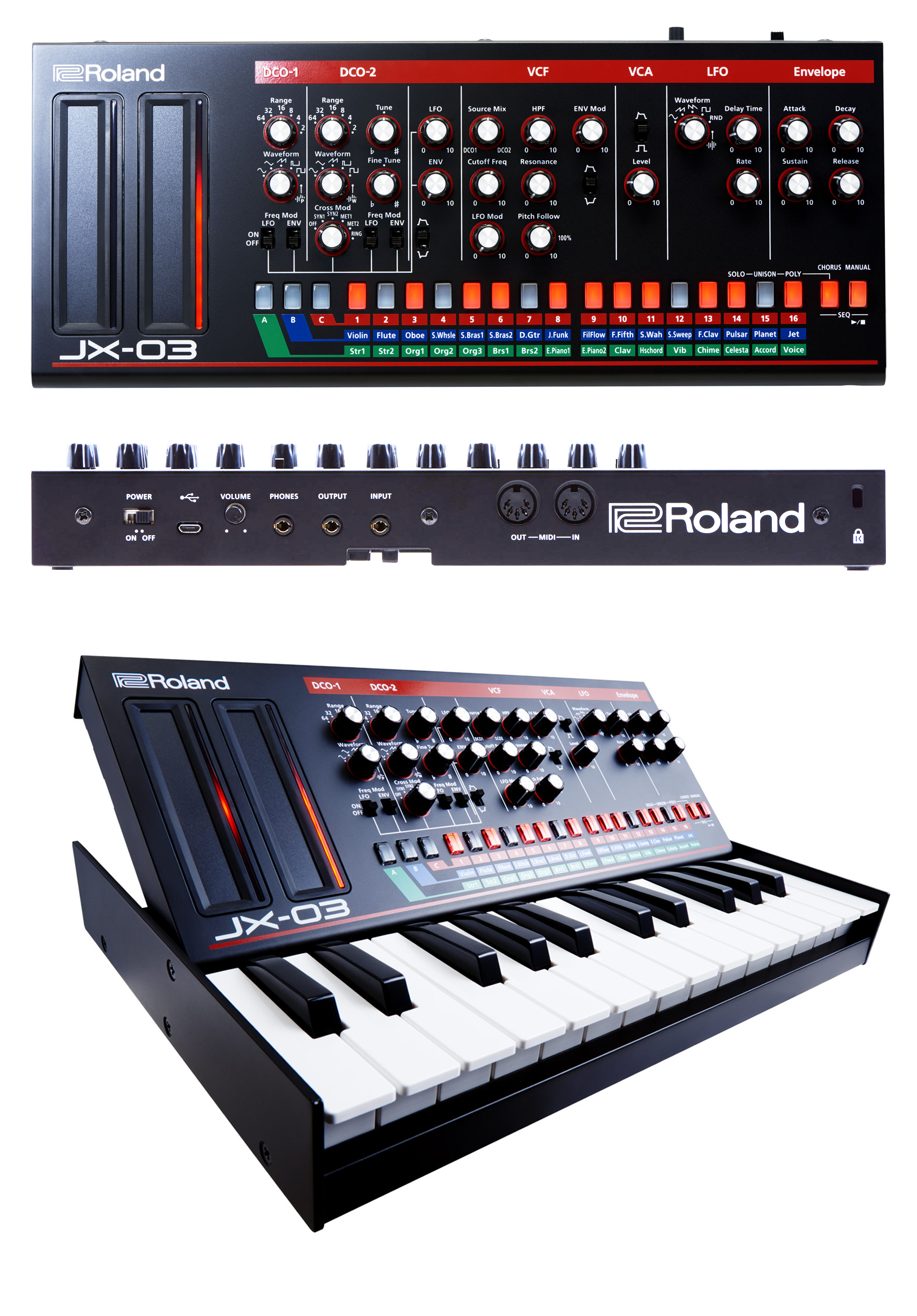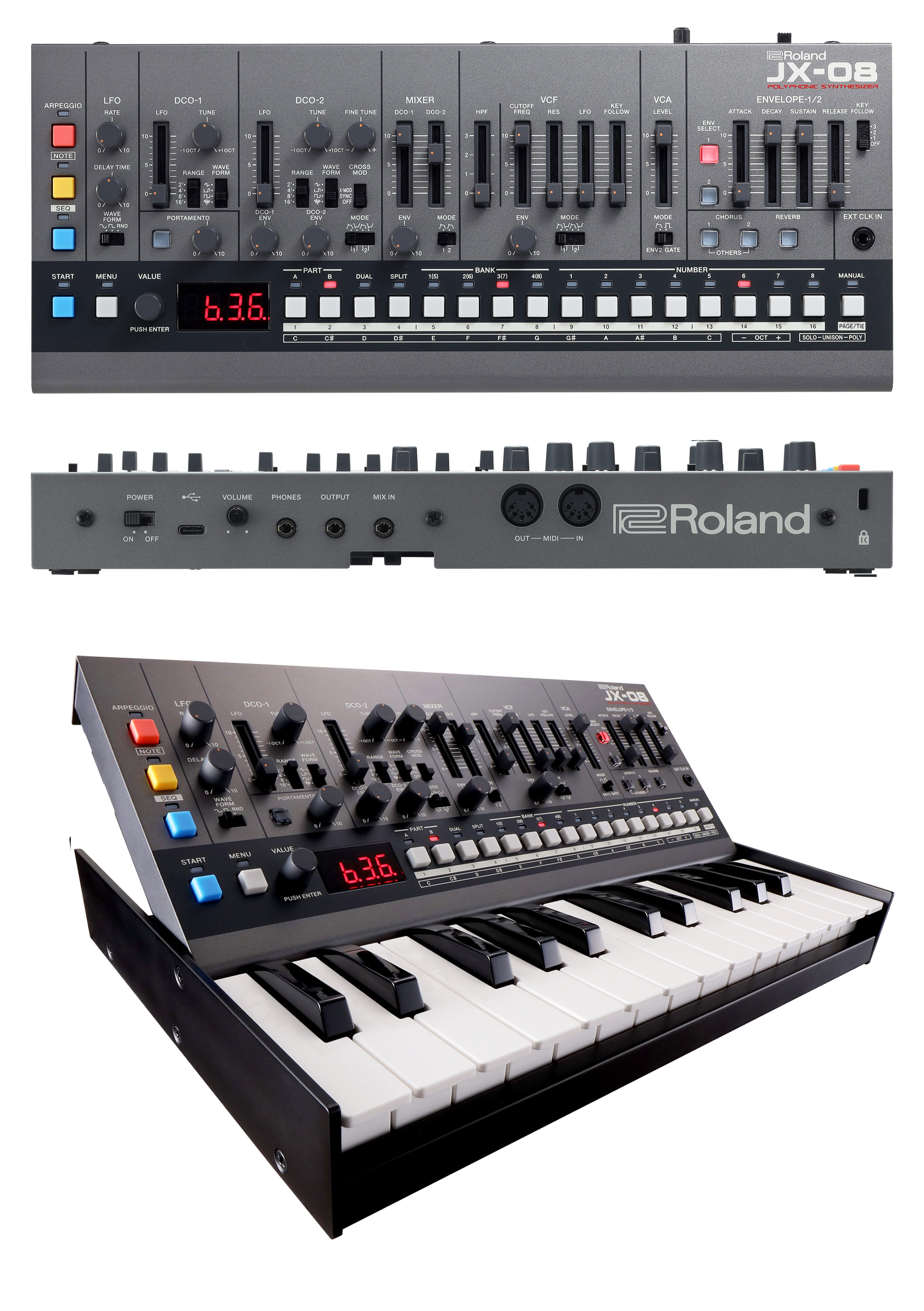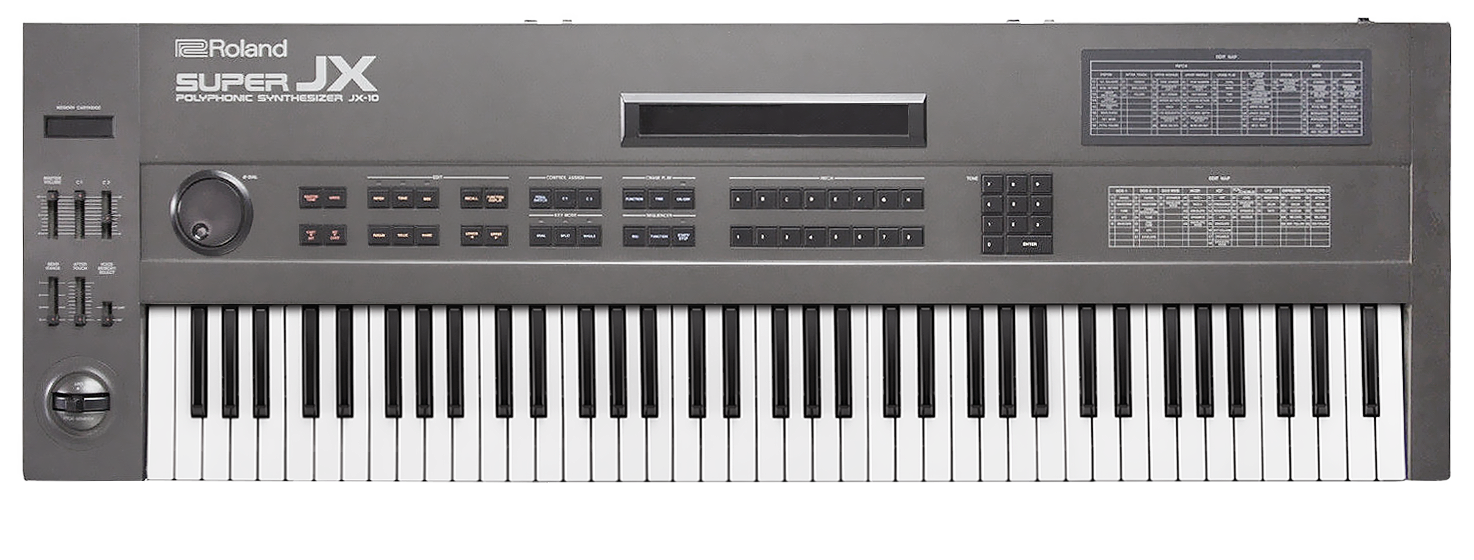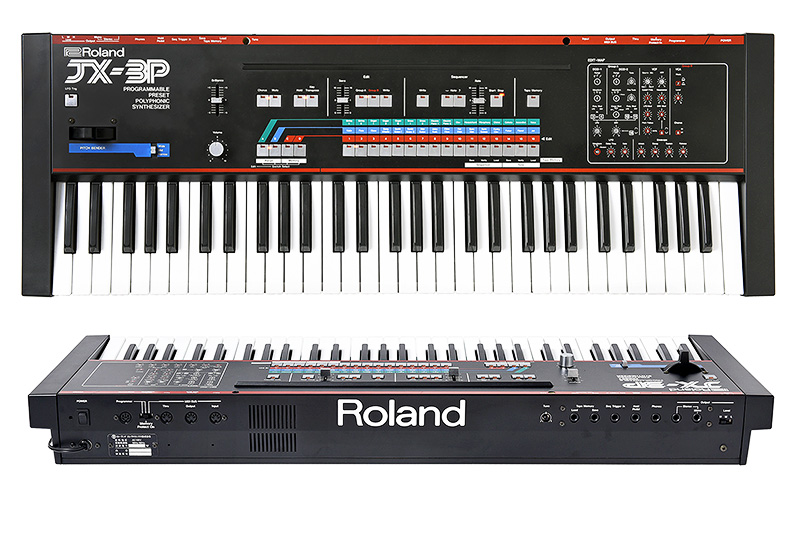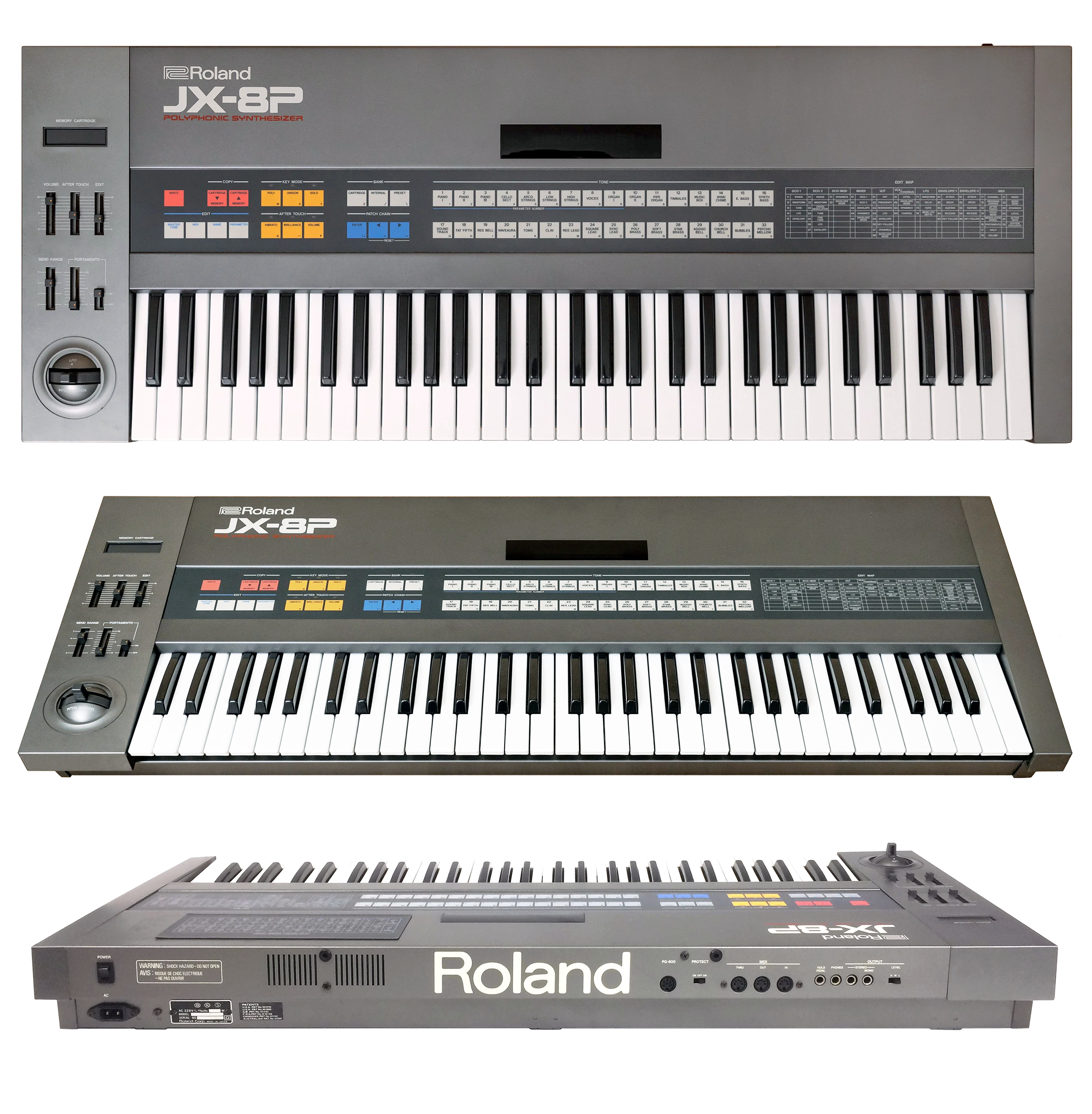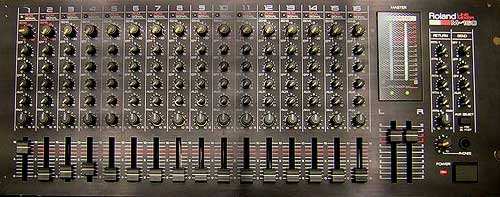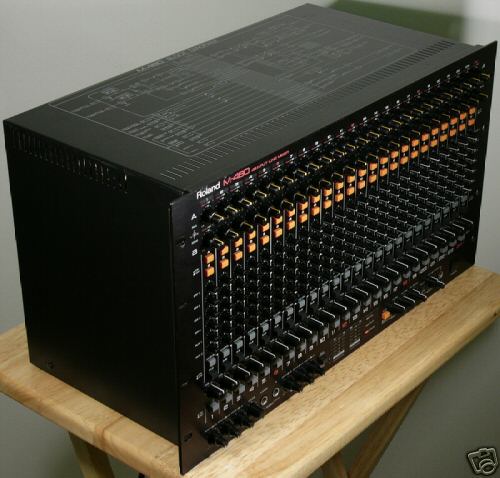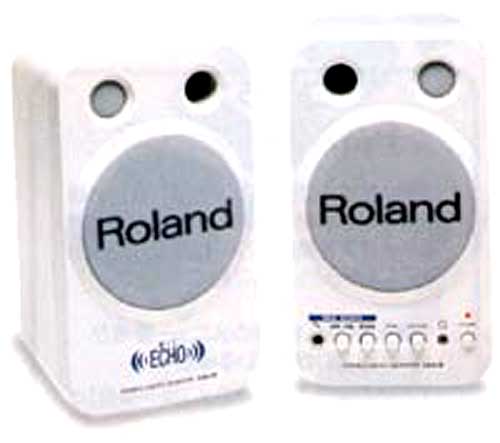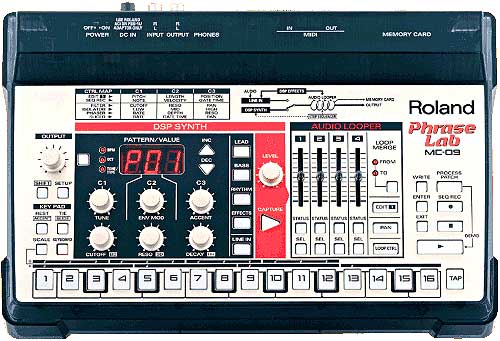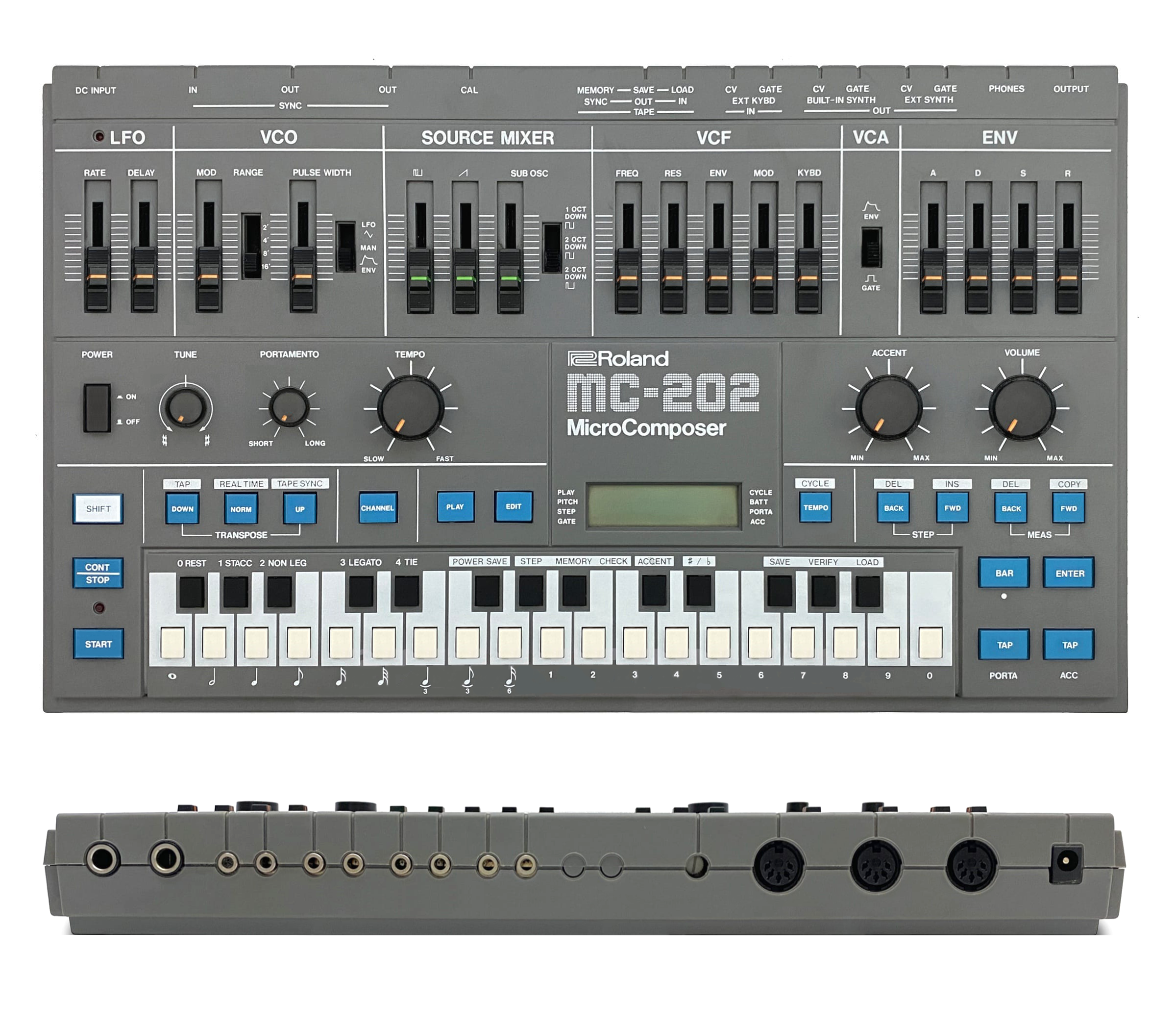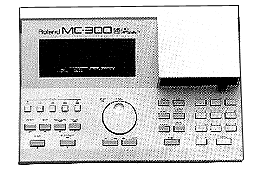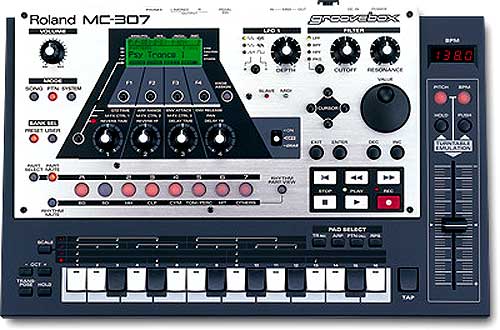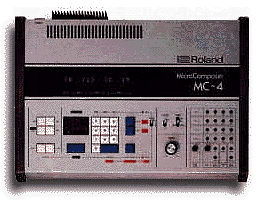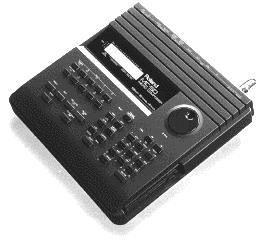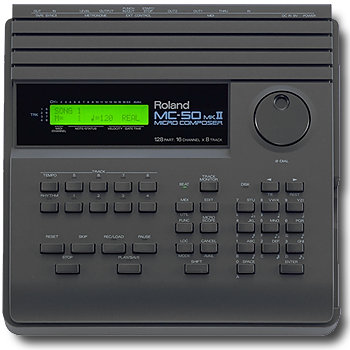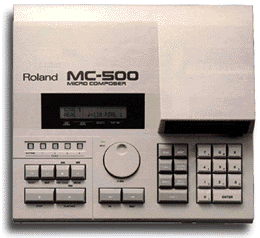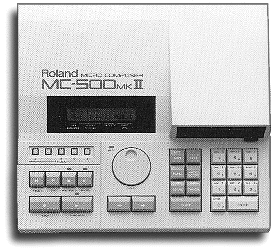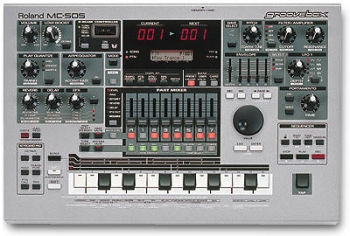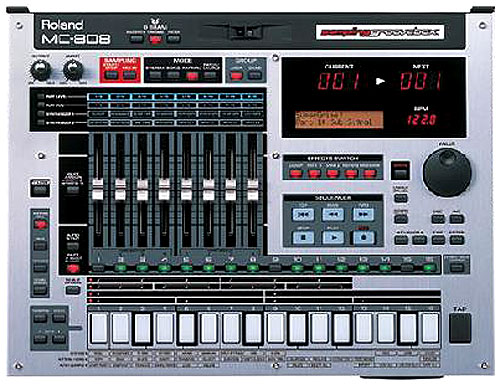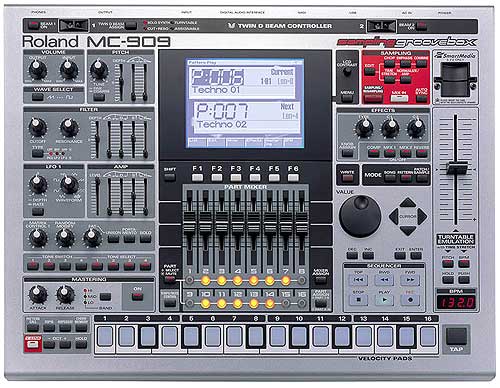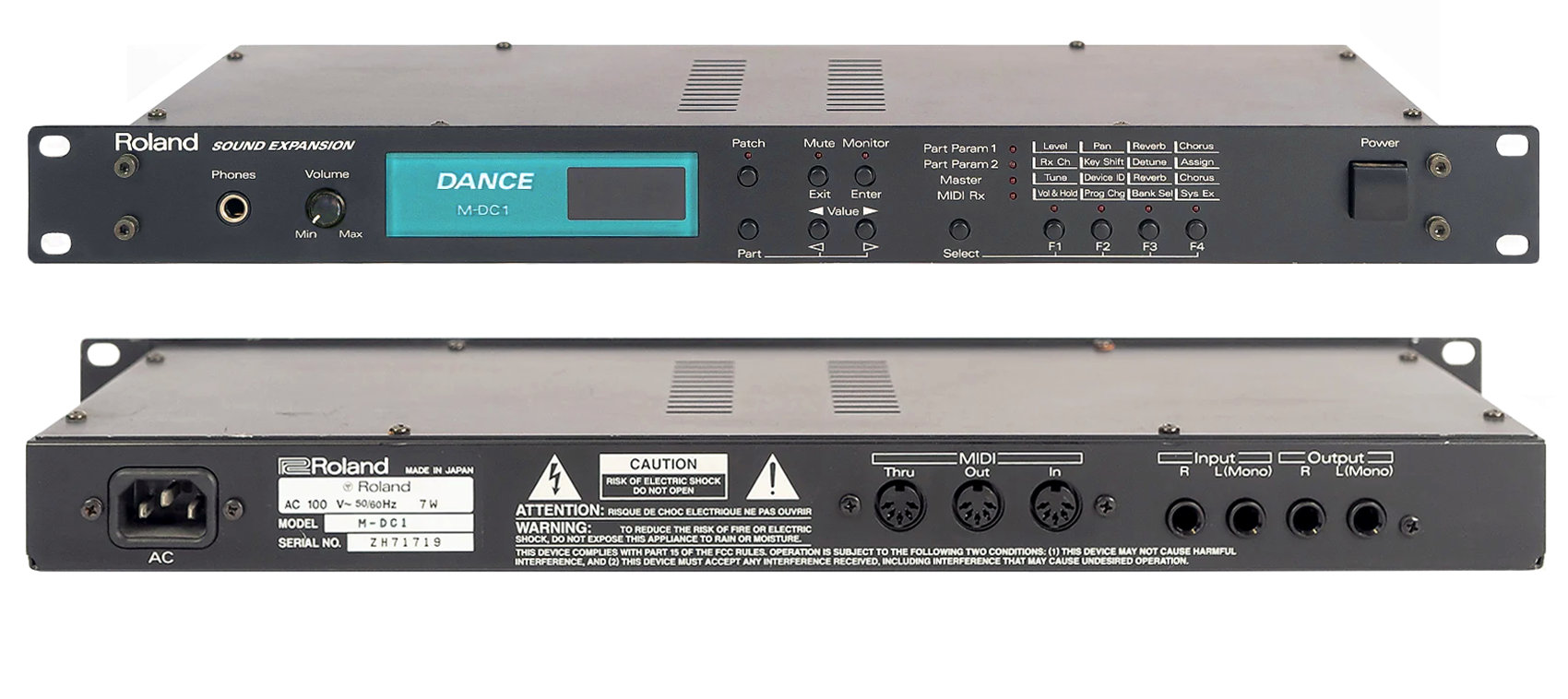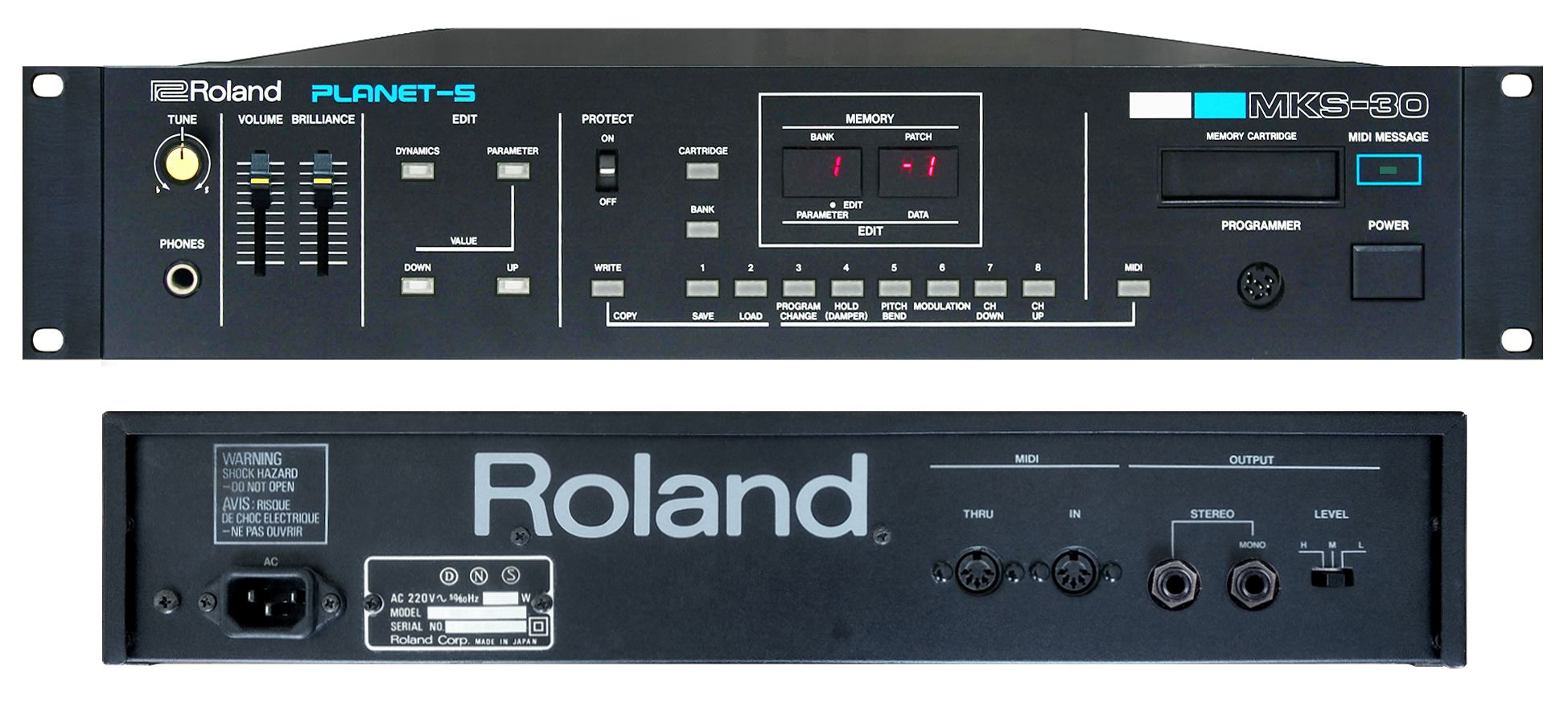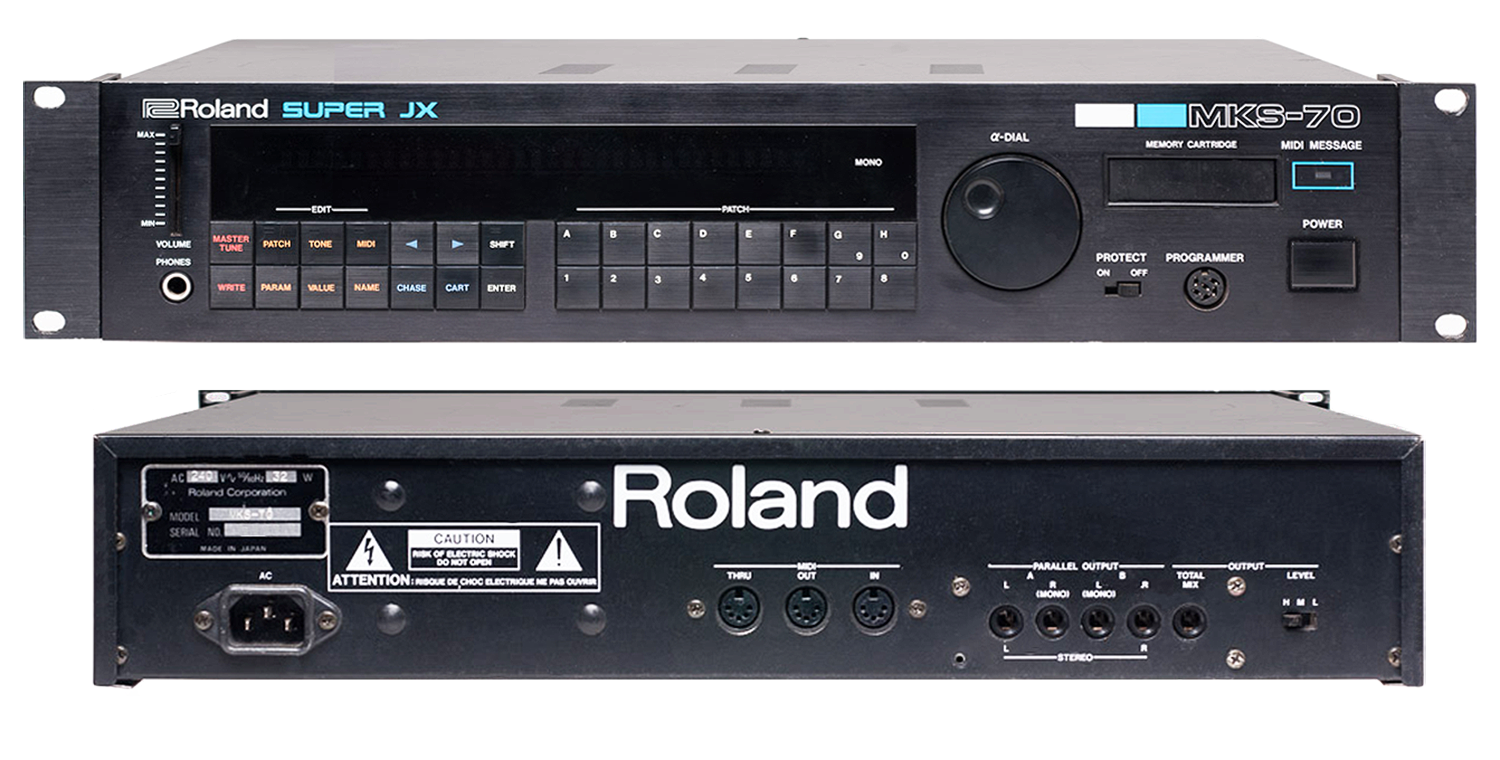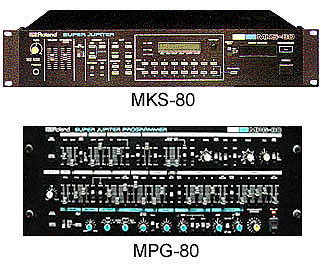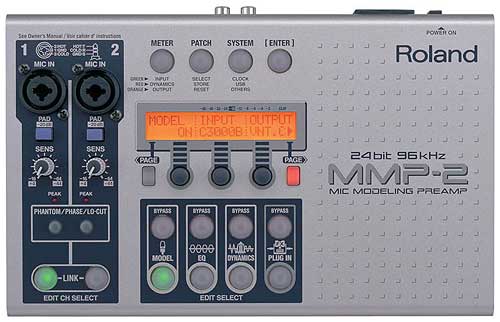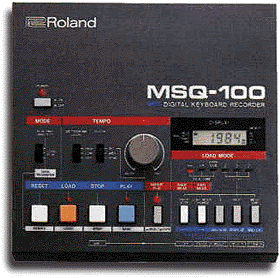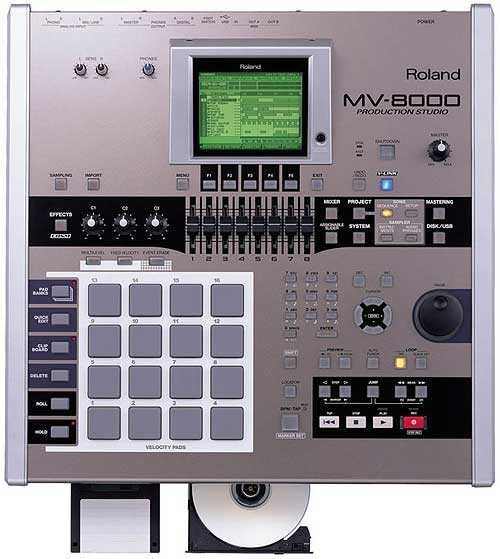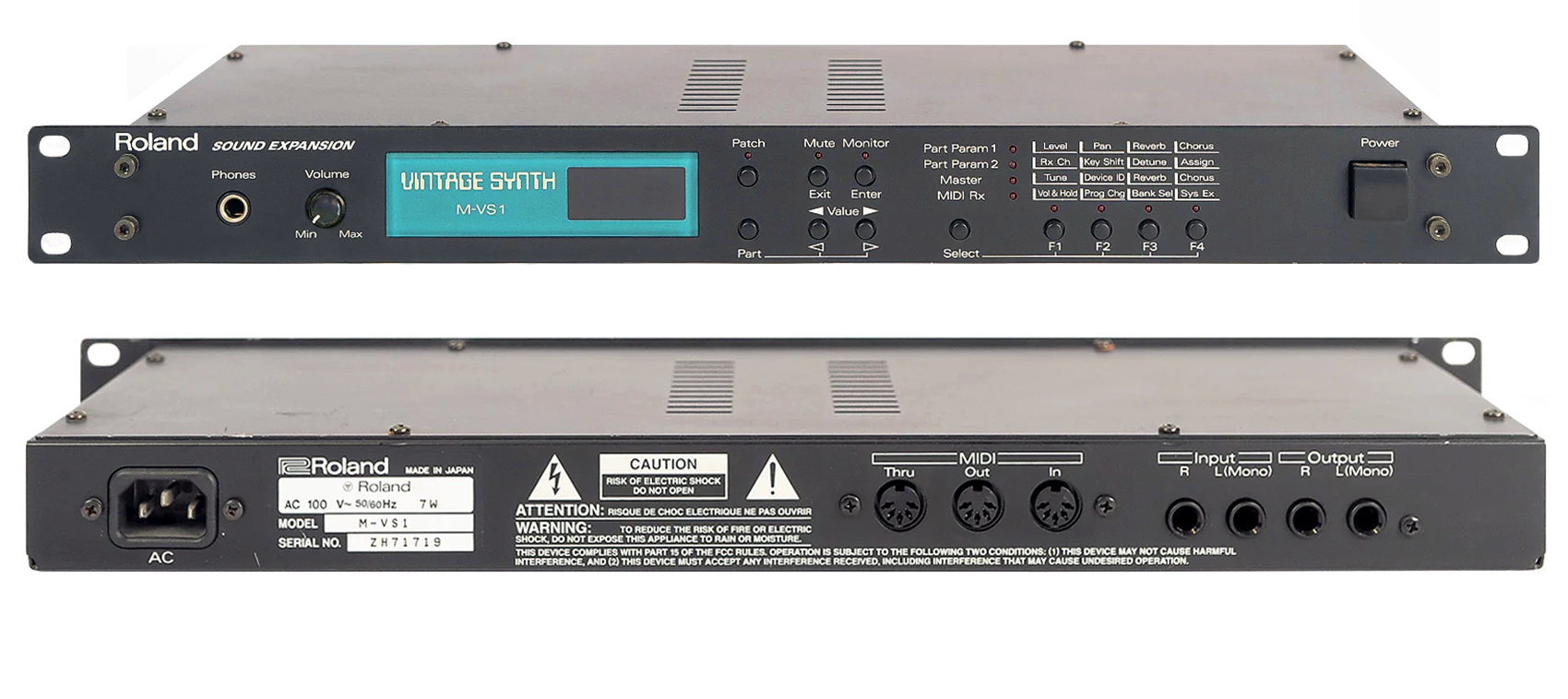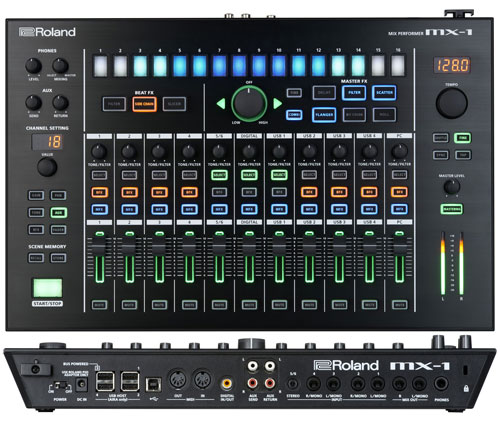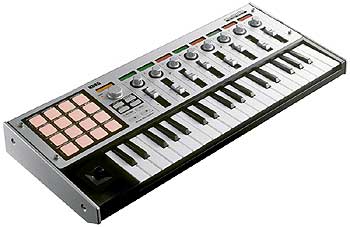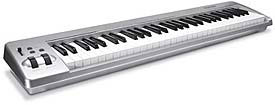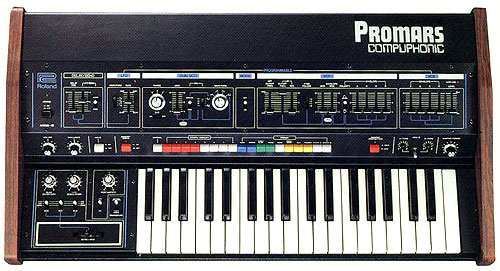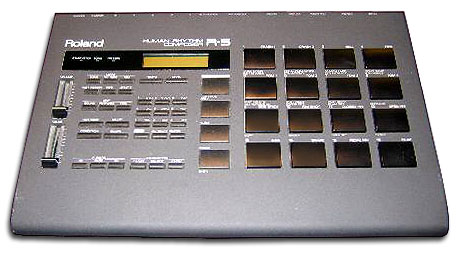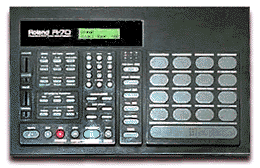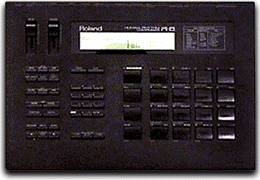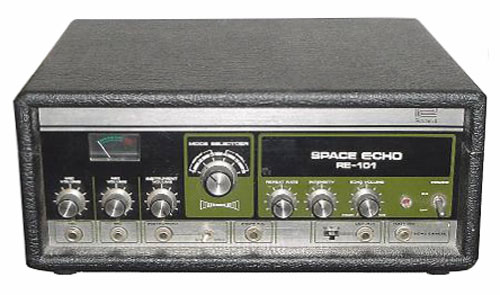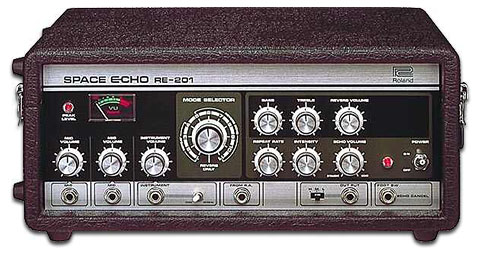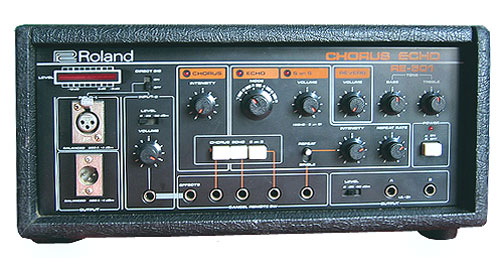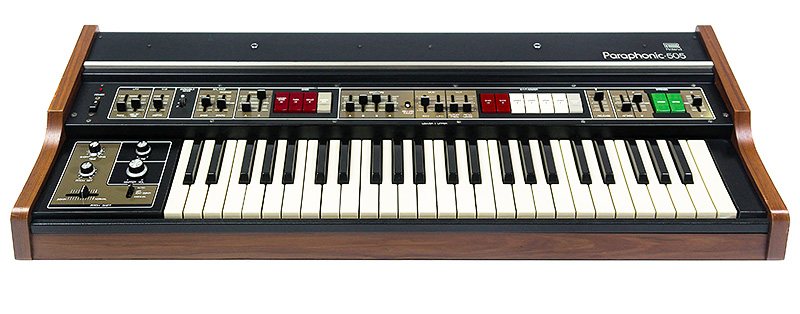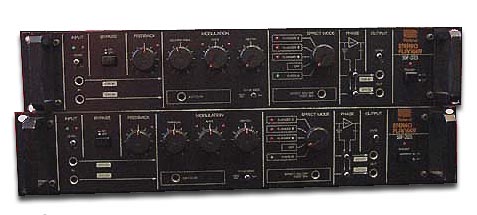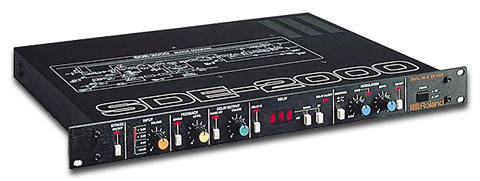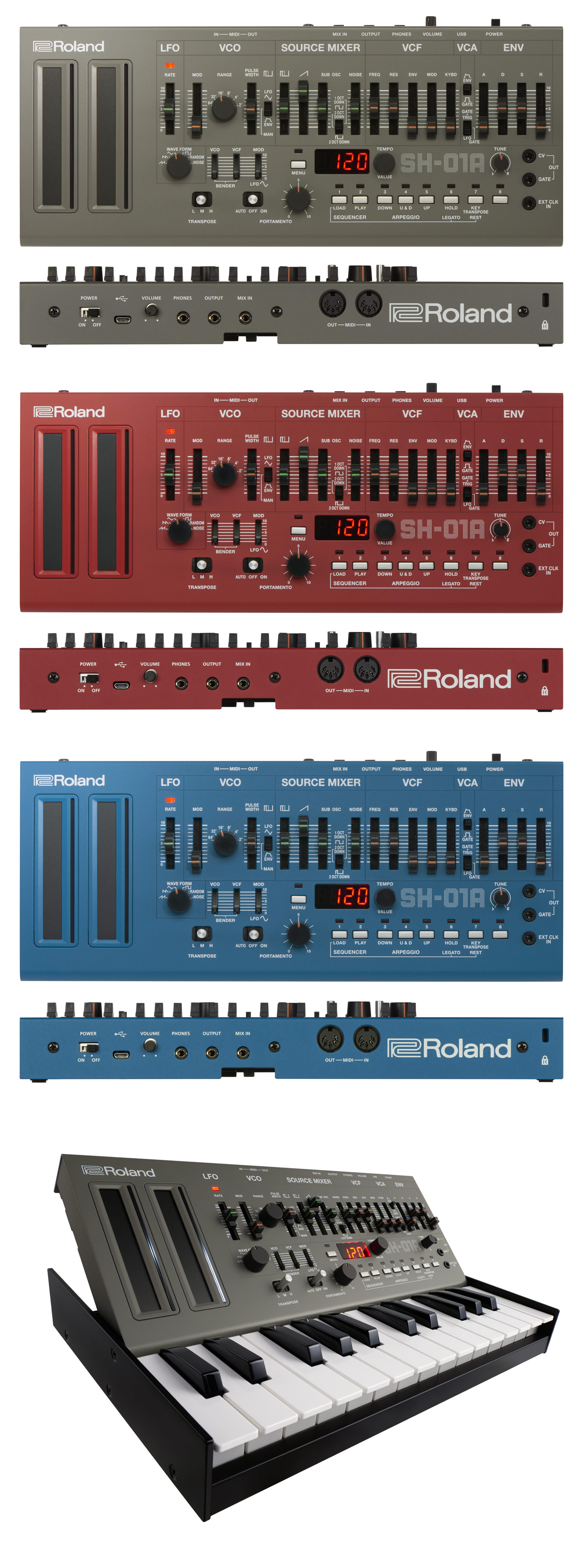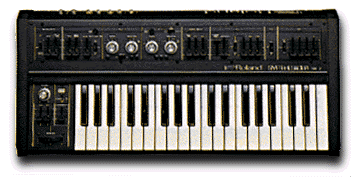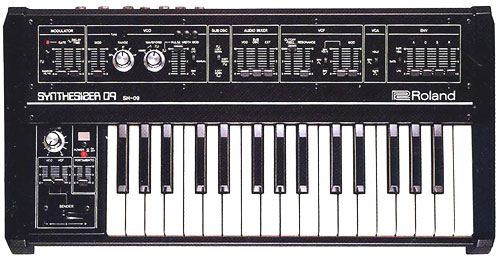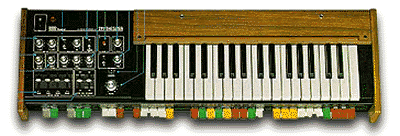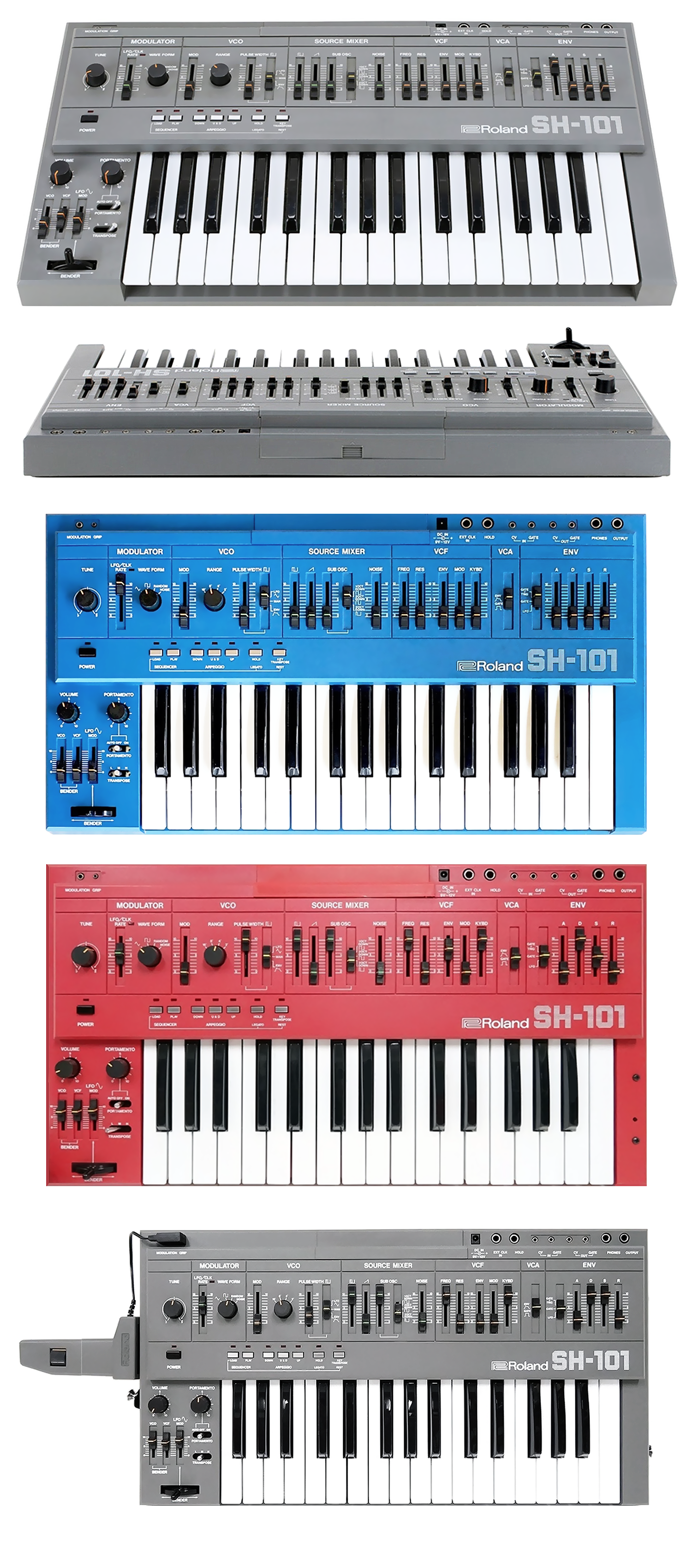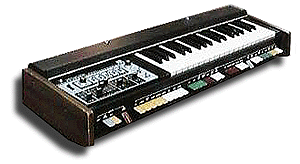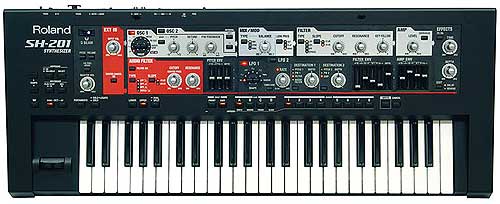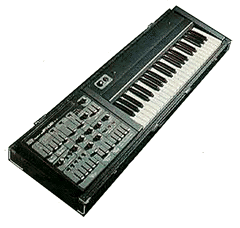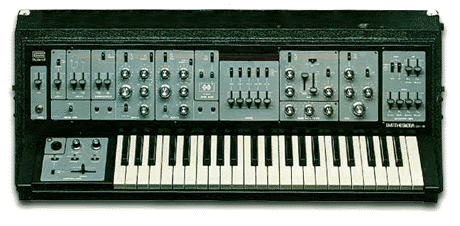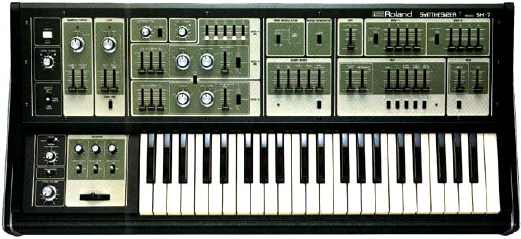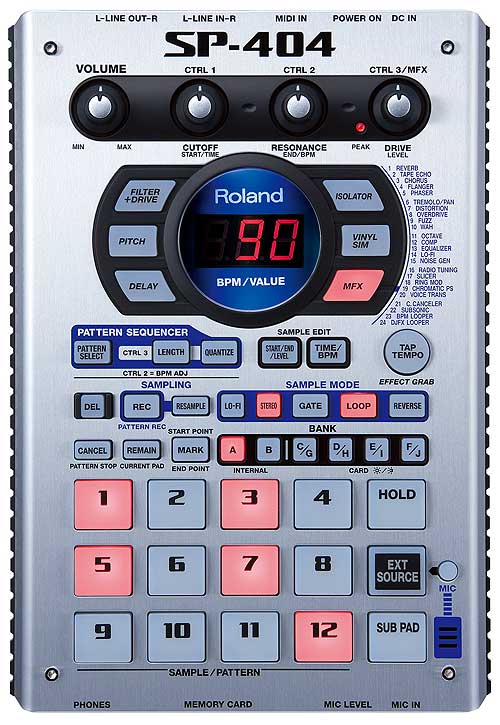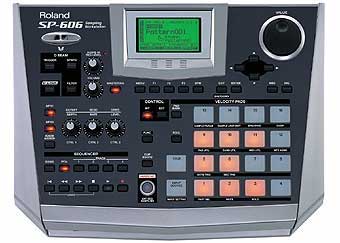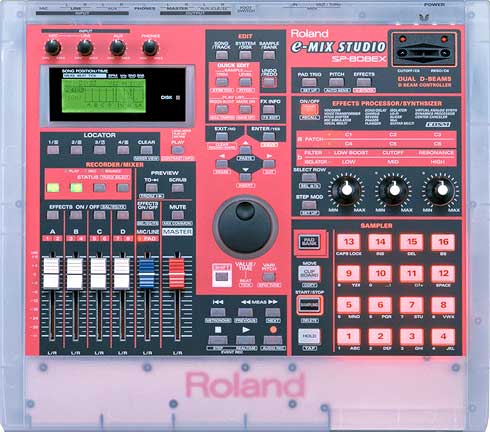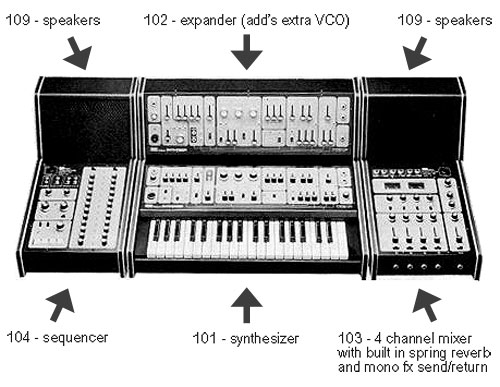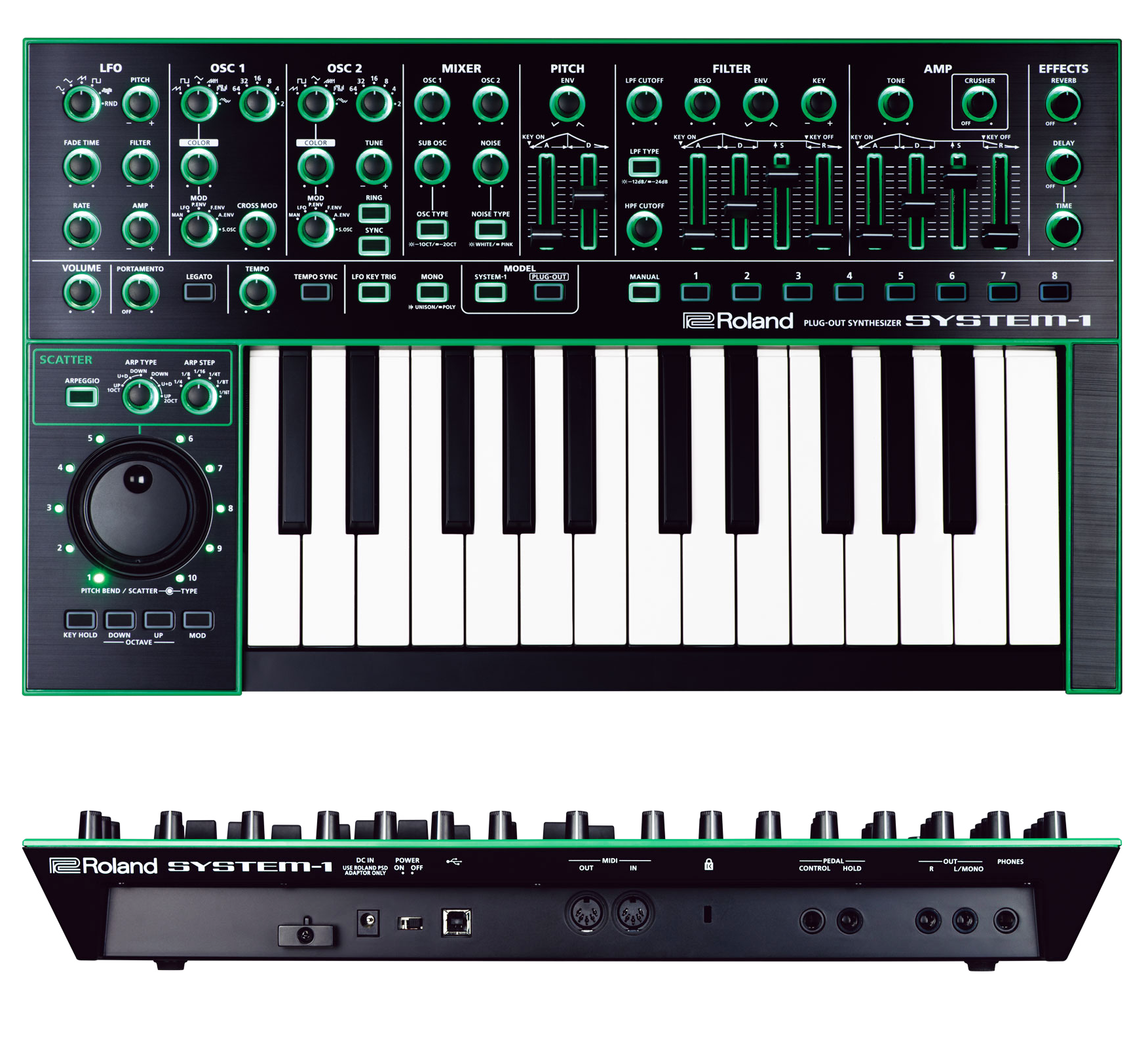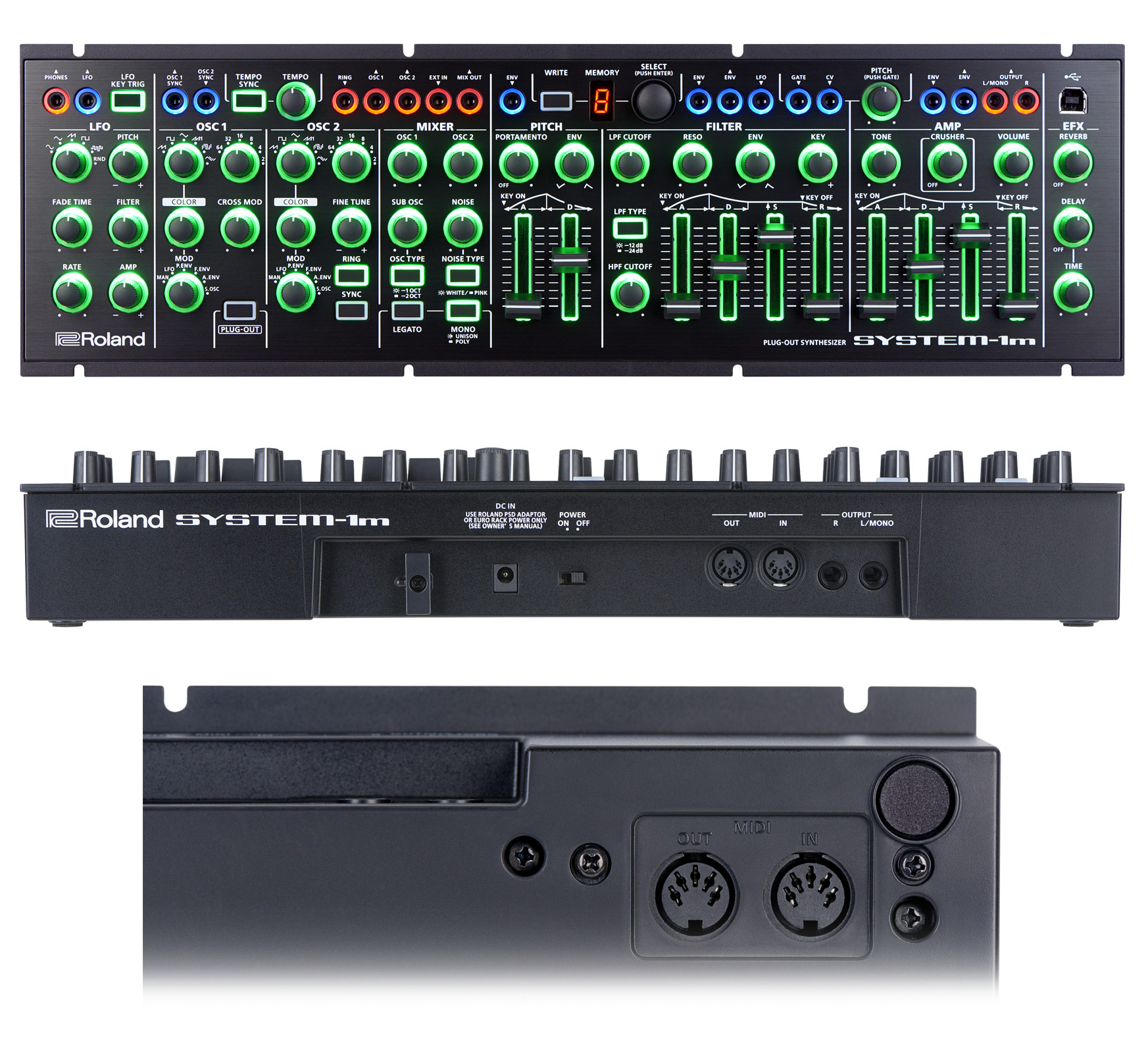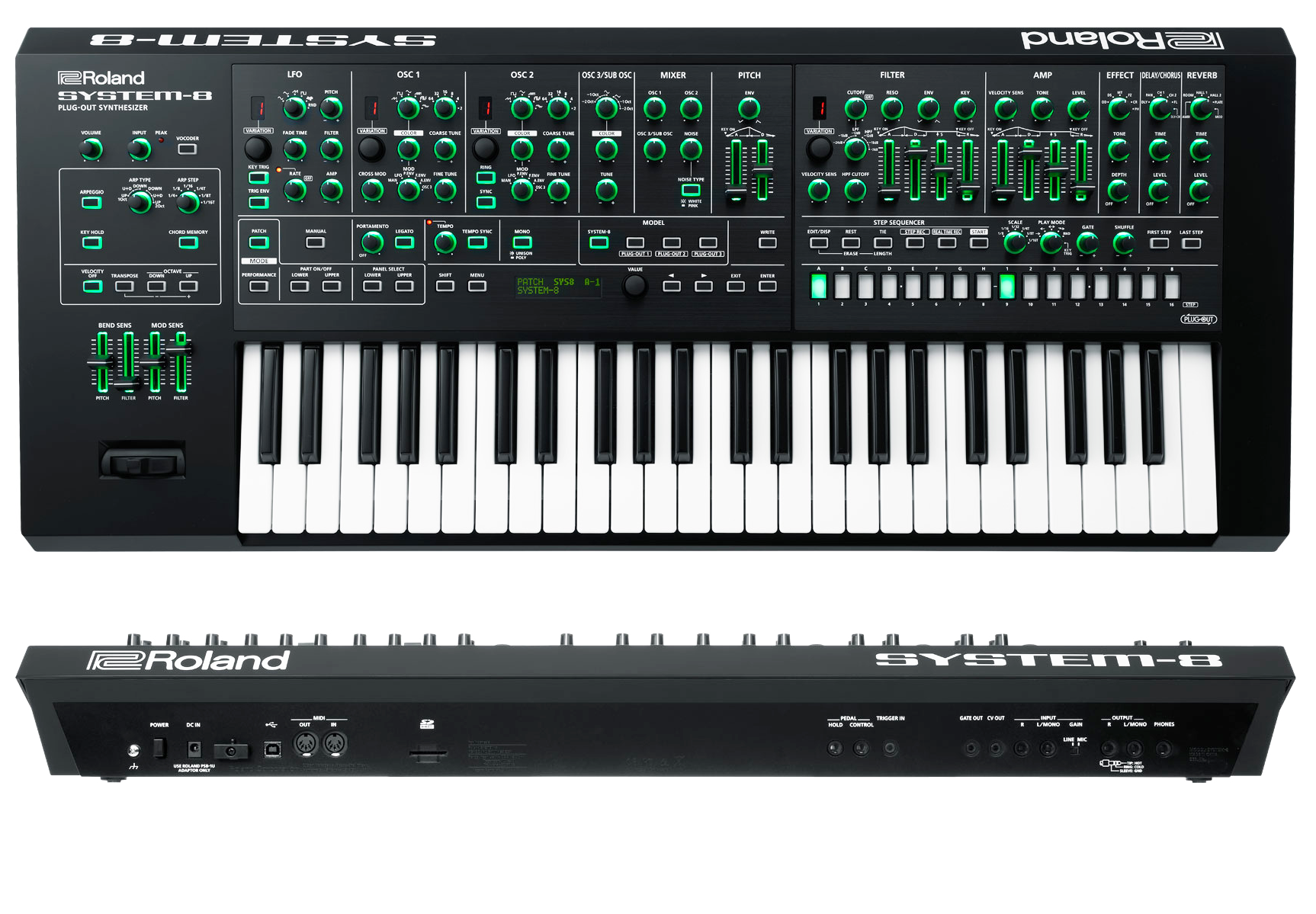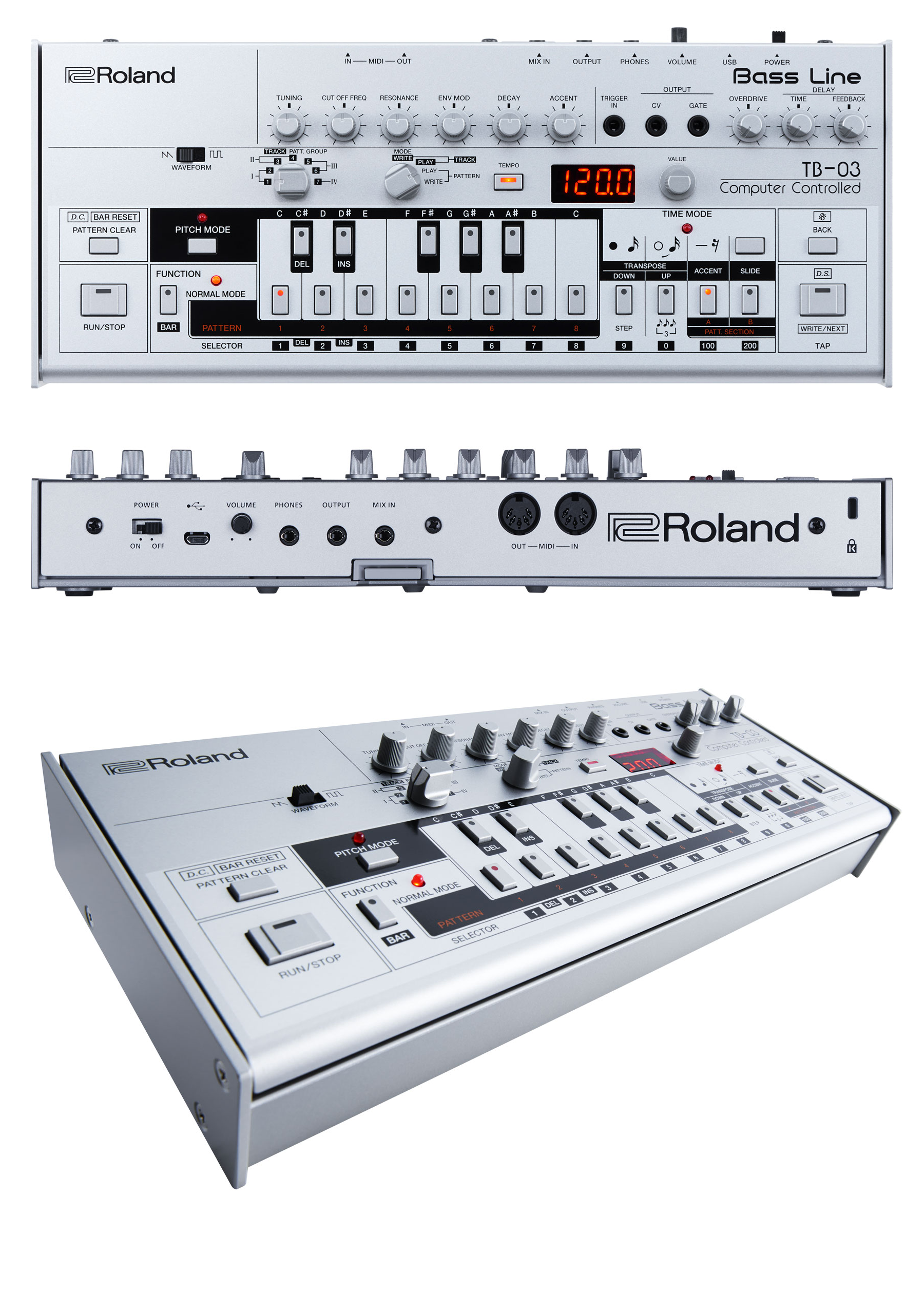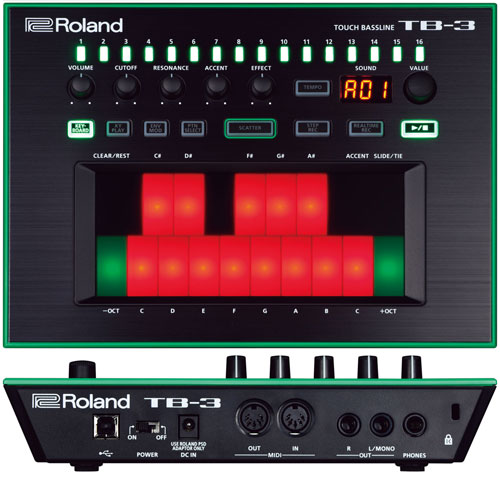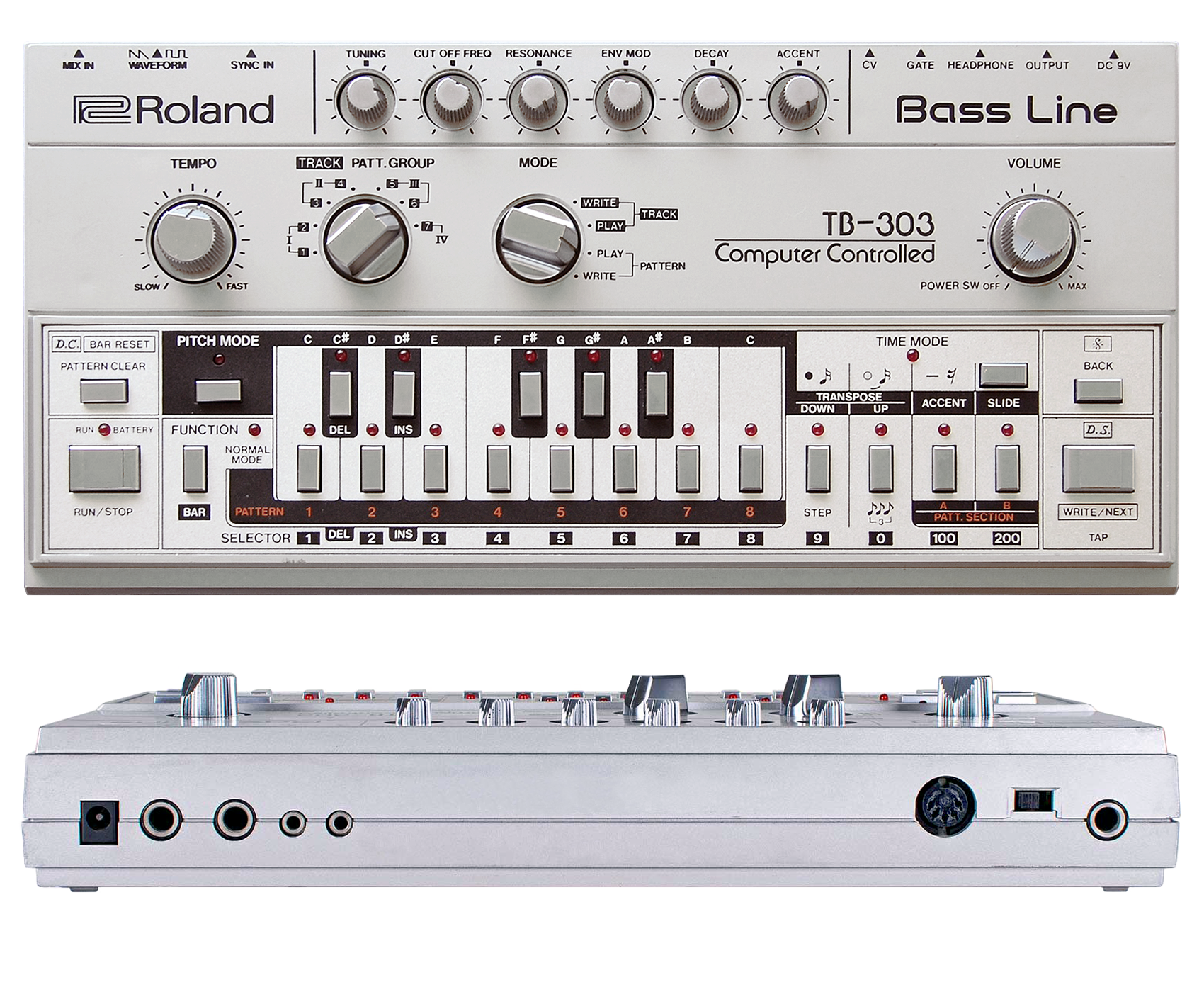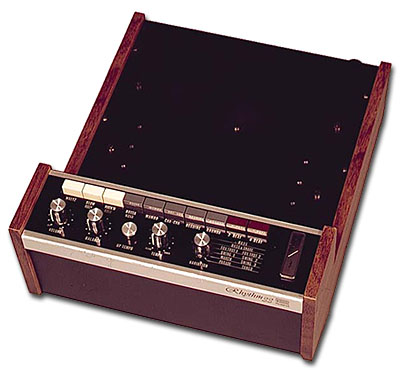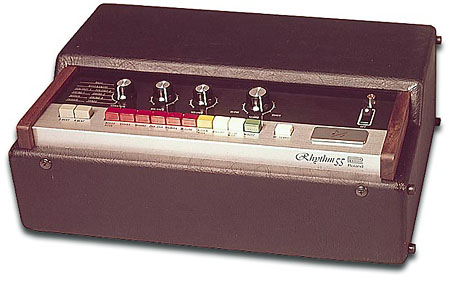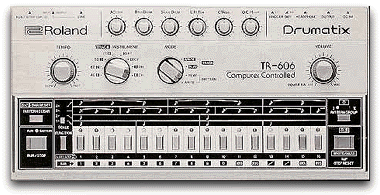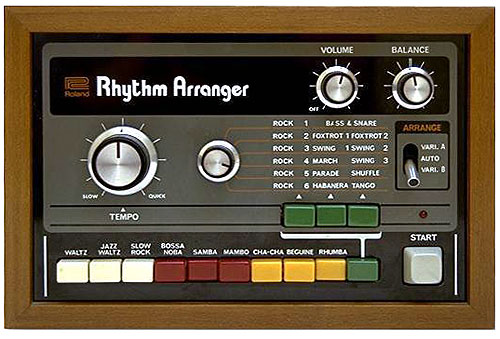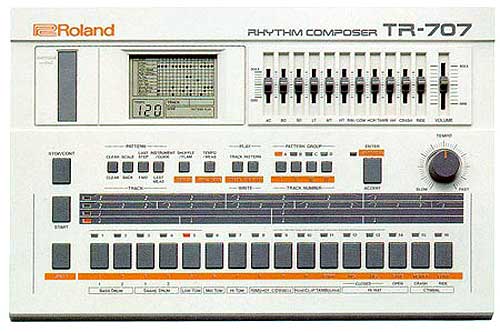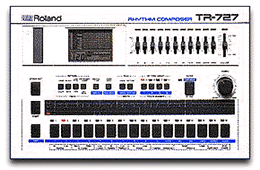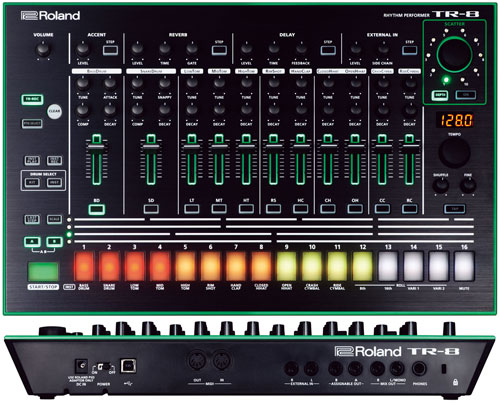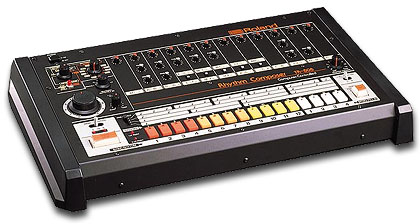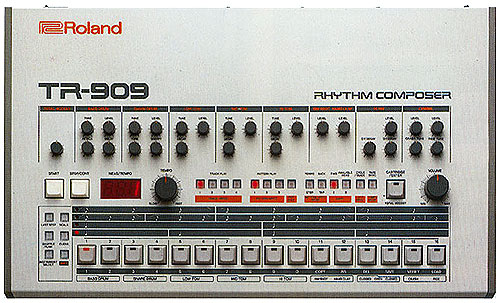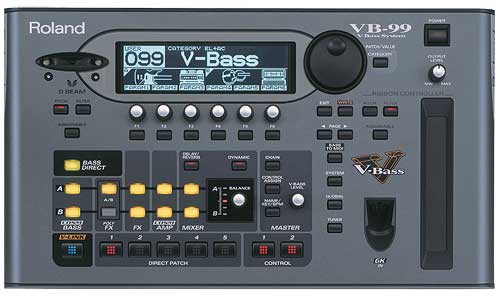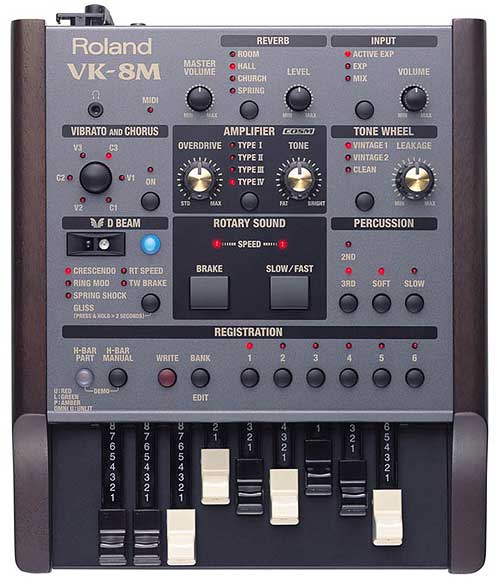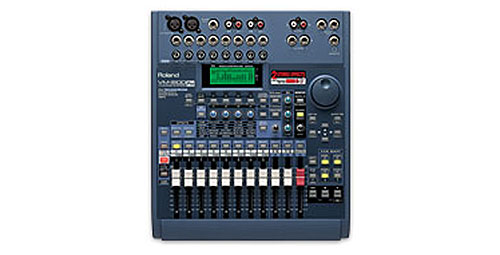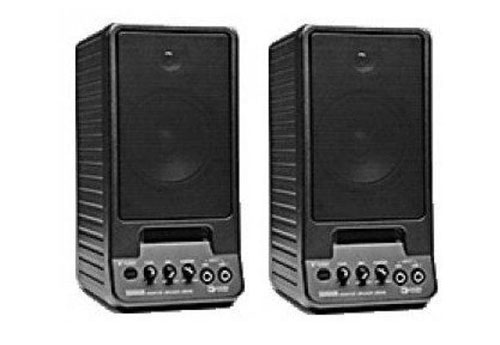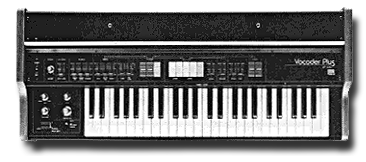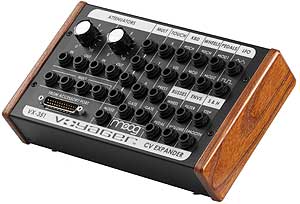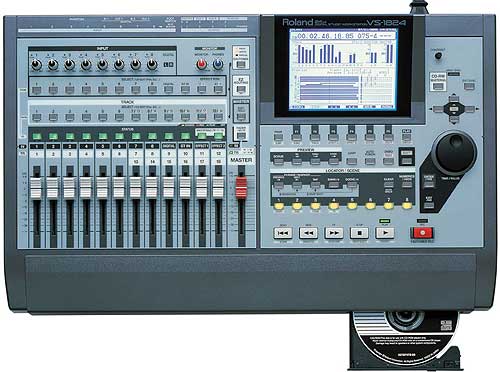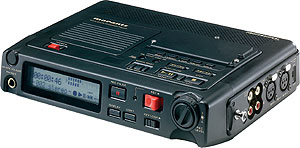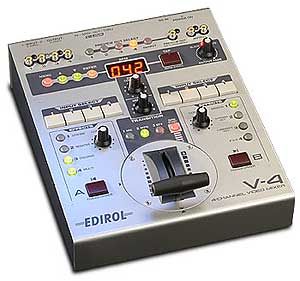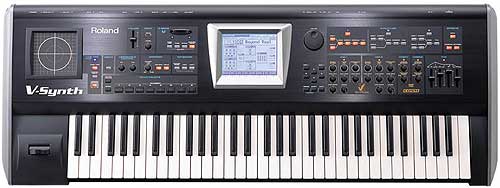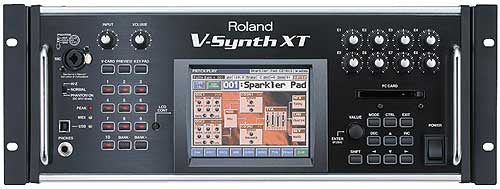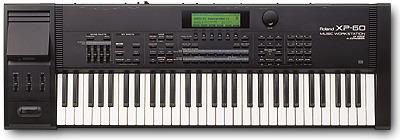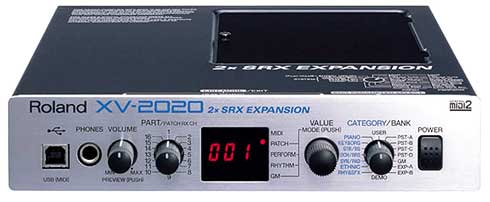ROLAND MSQ700
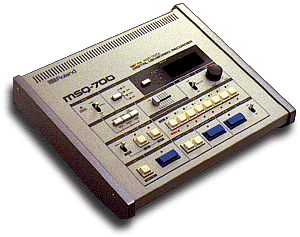
Category: Products / studio equipment / hardware sequencer
Added: 22-Dec-98 | Author: admin
New price: | S/H price: ??
Company Link: ROLAND UK
Company Link: ROLAND USA
ROLAND MSQ700
ROLAND MSQ-700 Digital Keyboard Recorder(review by Mikael Lundgren) Unit Description
Small 8-track digital sequencer with DCB port for the Juno-60 synthesizer as well as MIDI. Used today primarily as a bridge unit between MIDI clock and Din Sync. Internal sound source:
Click sound. (Quite audible, thank you) Inputs:
MIDI, Start/Stop, Punch in, DIN Sync, Tape Sync/Load, DCB (see below) Outputs:
MIDI, DIN Sync, Tape Sync/Save, DCB (see below) Synchronization possibilities:
MIDI, Tape, DIN. Secondary data storage:
Cassette. Memory size:
~ 6500 notes. Physical size:
346x328x108mm, 5 kg. Looks like a sawn-off TR-909. Data generation/modification/recording:
Step and real time recording of MIDI events for (crude) editing and playback. Bugs & Features:
You can't truncate tracks. This means, that if you've intended to loop the song, you'd better stop the sequencer at the right bar, or all is lost. The only editing features are "Time Correct" (quantize), erase, and "Merge" (mix tracks) As it's strictly linear, you'll just have to record that repetetive bass pattern all the way through the song without no cheatin' copying or looping...
There is a bug with the unit's estimate of memory left; I have to quote the manual here, as this is one of the most interesting attempts I've seen to explain bugs: "The following may seem strange to you, but there is nothing to worry about it, as it is merely caused by computer processing restriction." ;) :) There is a way to display the memory consumption/memory left, and it's very interesting. The manual accordingly tells us not to rely on the numbers as a "precise description" but rather as a way to "roughly glasp memory consumption"! The memory used when looking on a specific track starts from 48. (Ie, if it's empty, it shows "0", otherwise it shows "48" until the track exceeds 48 notes, and then it works properly..) This memory display shows two slightly different values whenever you switch from record to play mode, and to add to the cake, the total of track consumption doesn't add up to 6500...
The unit is very reliable, and the user interface is one of the simplest I've yet to come across. It was surely designed for musicians, not computer boffs, it's essentially a MIDI tape recorder. If I want to listen to track 1, 3 and 7, I just hit button 1, 3 and 7, and the appropriate LEDs turn friendly green. No shift buttons, no menu pages. Just plain rock n' roll!
Where they failed...
There are two serious flaws with this unit that seem hard to justify: The MIDI and DCB port can not be used at the same time, and there are no means for muting/unmuting tracks on the fly!
What is DCB anyway?
DCB was an early competitor to MIDI and is simply another protocol for remote control of synthesizers. There are one synth I know of that rely solely on DCB: the Roland Juno-60. DCB cables are almost impossible to find today, but are on the other hand quite easy to make.
Tips & Tricks:
Go buy a cheap sustain pedal, to control start/stop. Otherwise you'll go nuts about hitting the 'Stop' button at the right time, whilst playing with both hands. Ideal machine for people used to working with multi-track tape recorders. Also comes in handy to convert that MIDI clock to DIN sync (or vice versa).
Product Manuals or Files
Product Resources
More choices in this product category from other manufacturers:
Category: Products / studio equipment / hardware sequencer
User Comments
Product: ROLAND - MSQ700
Name: Chris
Email: Email supplied but hidden
Activity: Hobby-ist
Date: 31-Oct-99
I love this piece! I found it for $25 (about �15) at some little guitar shop, and I've found it to be well worth what I paid for it...not much more (see the part about track truncation)...it's fun to play live shows with it just to see how people look at the thing...
| Product rating out of 5: |
Last added comment
Product: ROLAND - MSQ700
Name: Gene Veldhuisen
Email: No email added
Activity: Hobby-ist
Date: 17-Dec-03
No one mentions anything about the timing correct function, which is mainly why I bought it. Instead of moving the notes to the nearest 16th or 32nd value, it chops the notes off into random lenghts. You end up with all these bizar syncopated notes, that are ideal for funky clavinet parts or bass grooves.
I read an interview with Mark King from Level-42, who explained how they got those clavinet parts they used throughout most of their hits. I was always wondering how they did it and when I took an MSQ700 home and tried to get the same type of result it was not that straight forward at first. You have to play in a particular way to get what you want, as the machine has a mind of it's own when it comes to chopping the notes up into lengths that are pretty much set by the machine. Because of this one note in a chord might sustain longer than the rest of the notes, which can be a pain, but I usually transfer the part straight over into the MPC60 and quickly alter the vallues of the sustained note. If you get the knack of how to play the way the machine likes to chop the notes, it will become addictive and one will keep on experimenting. I like machines that have a mind of their own and do unexpected things, which make them unique.
| Product rating out of 5: |
'ROLAND MSQ700'
Looking for the manual? - Check this page above under the heading: 'Product manual or files' - We might have it!
Note: To cut down on spammers, cookies must be enabled to post comments to this page.
Looking for the manual? - Check this page above under the heading: 'Product manual or files' - We might have it!
[back to top]
Total stars: 26 | Total votes: 6
160 other
products from
ROLAND
Thomann deals
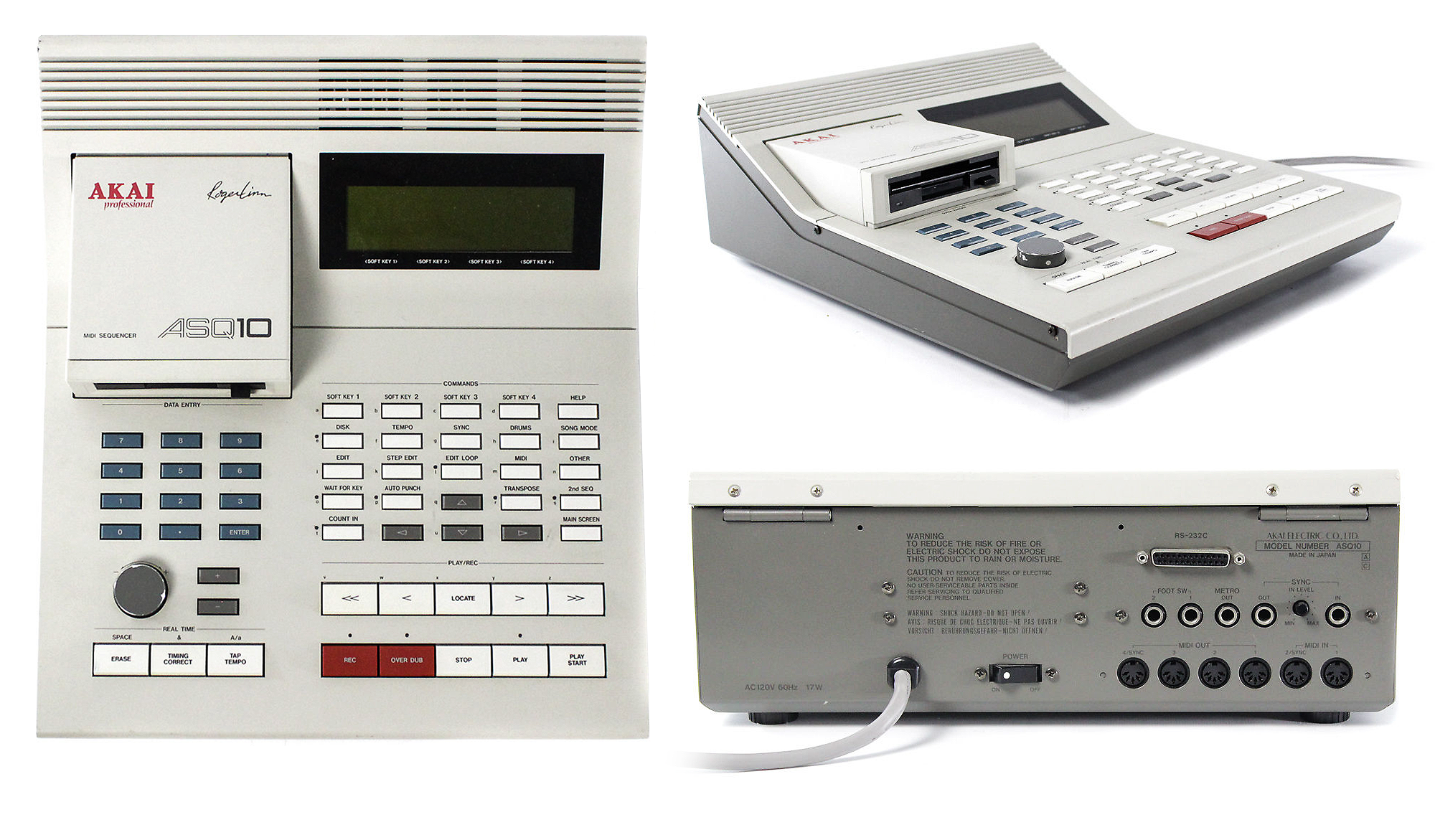
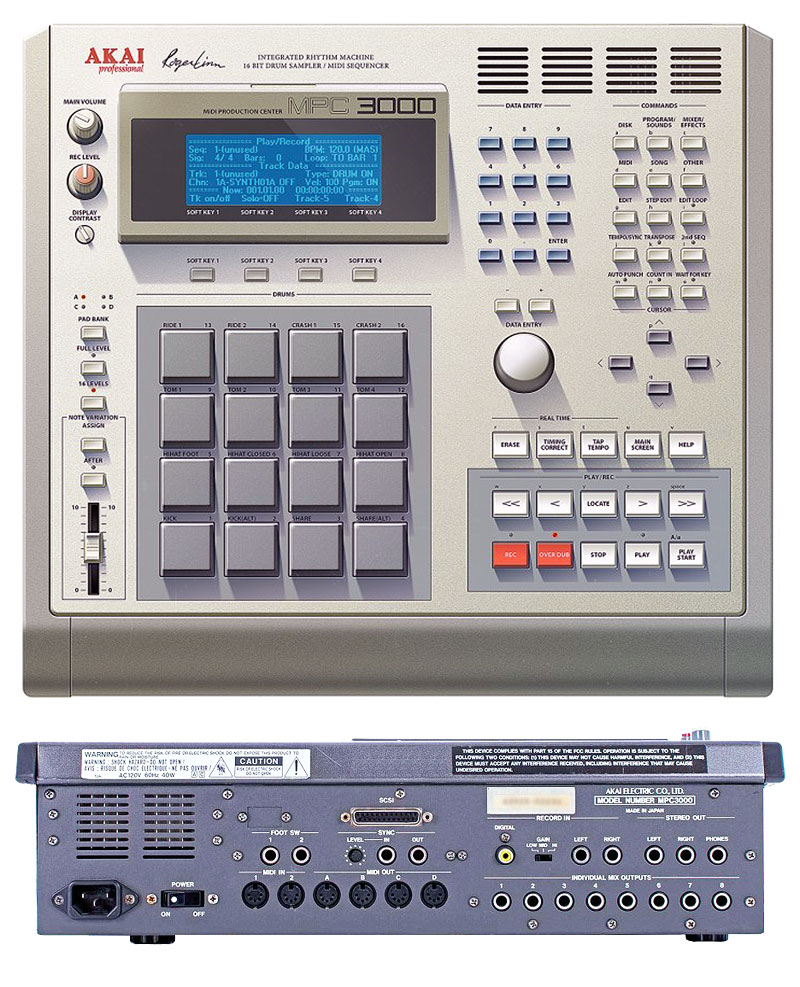
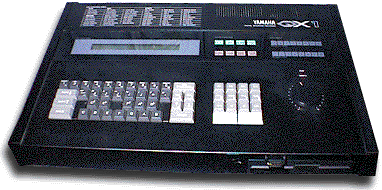
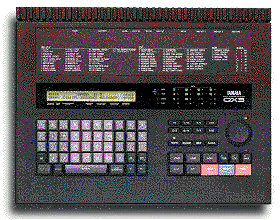
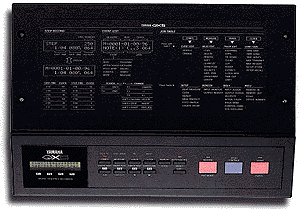
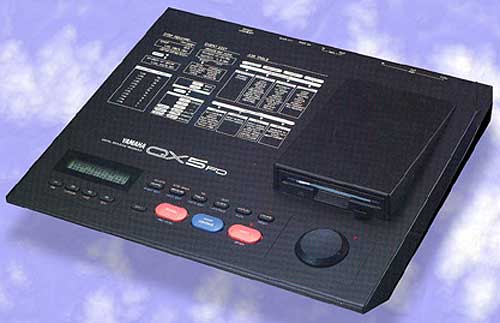
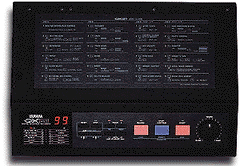
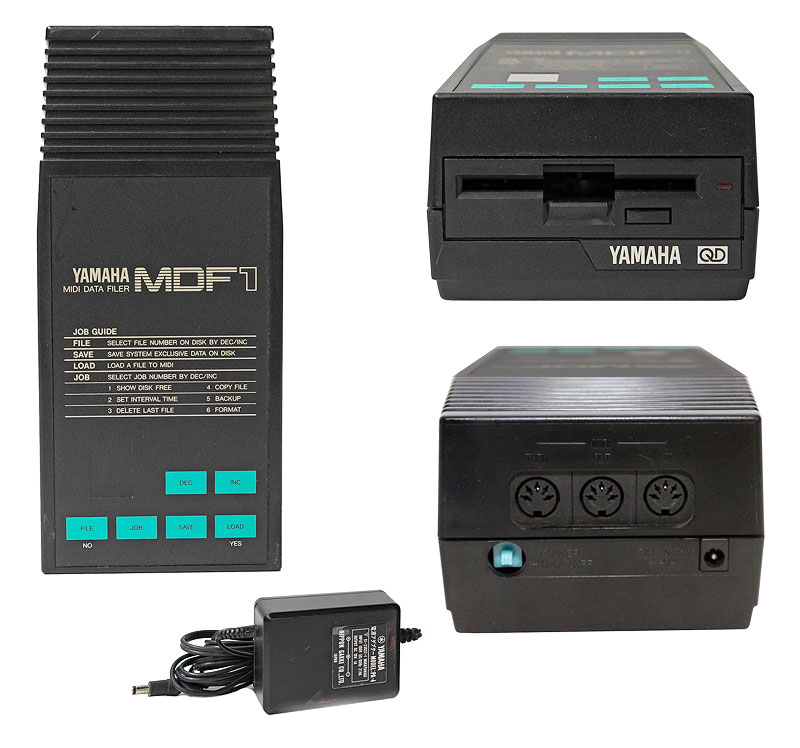

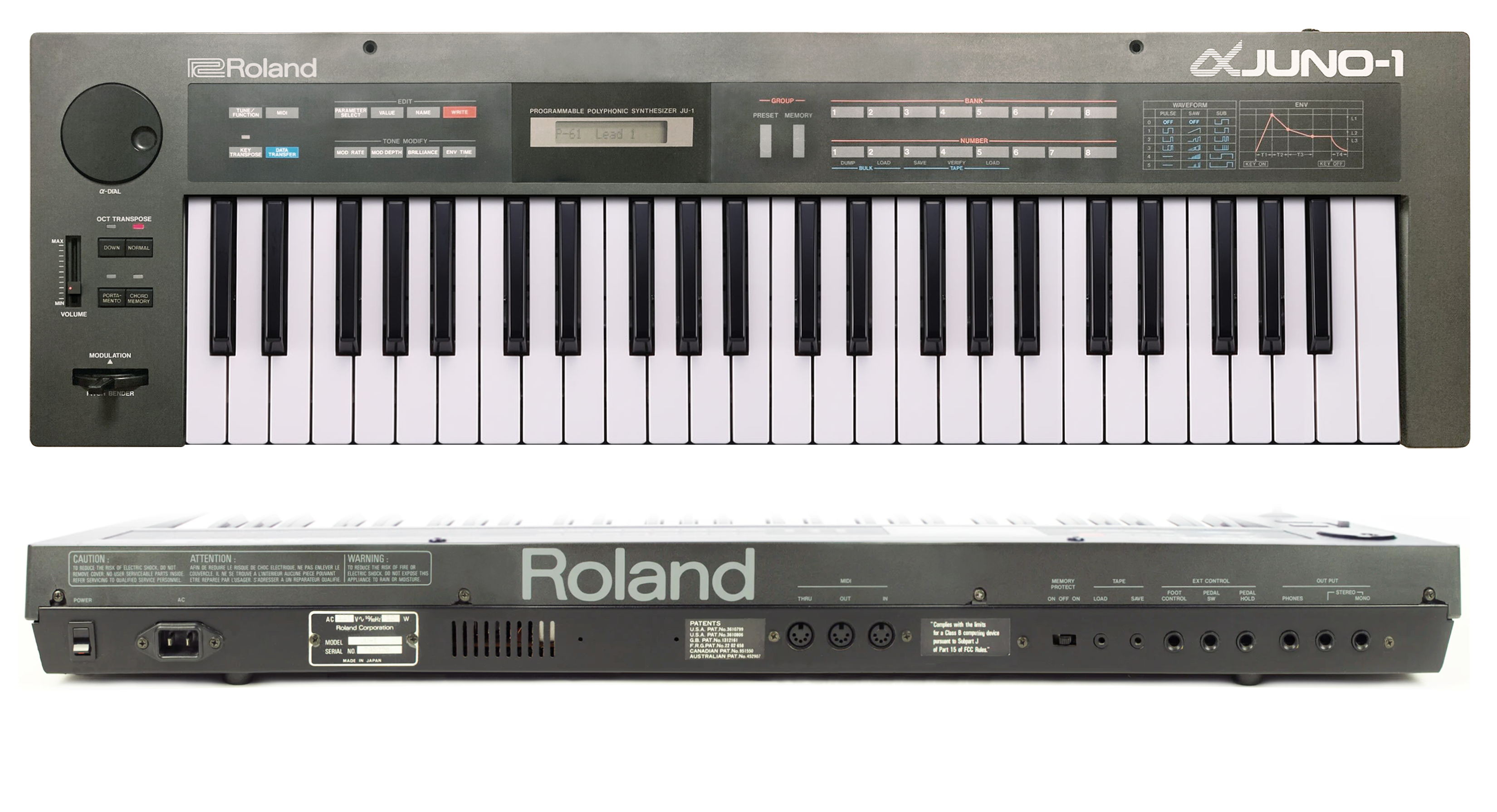
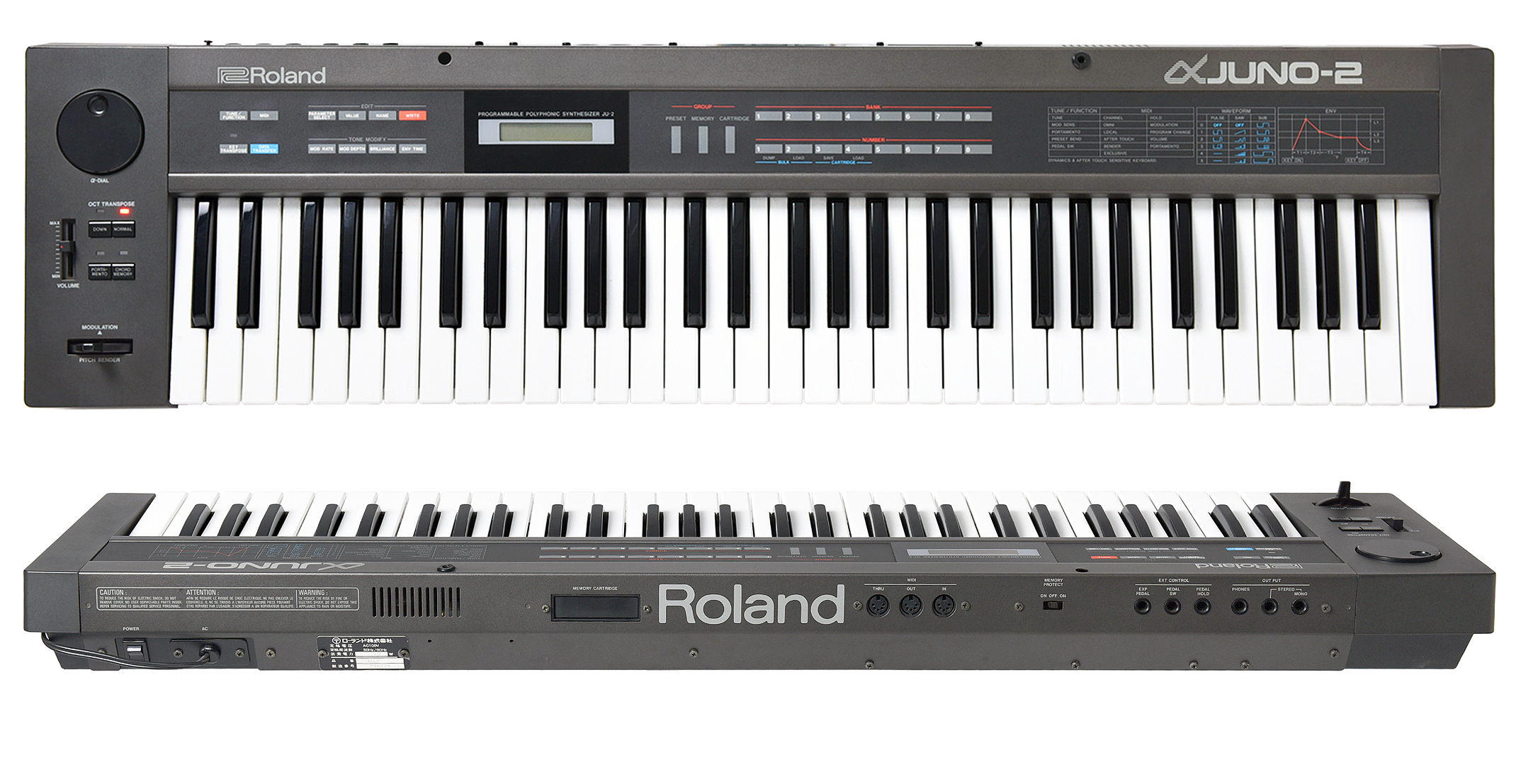

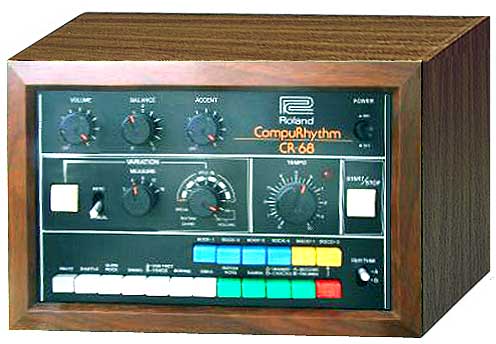
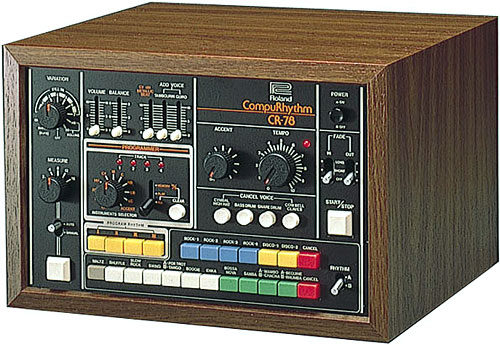
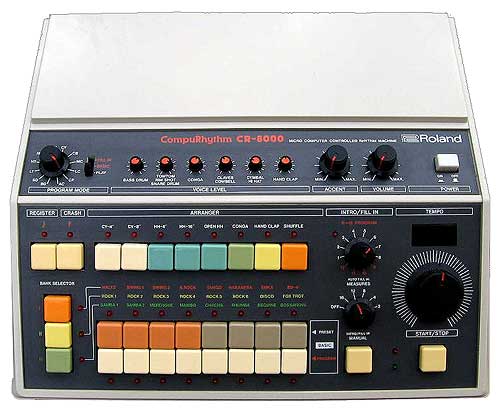
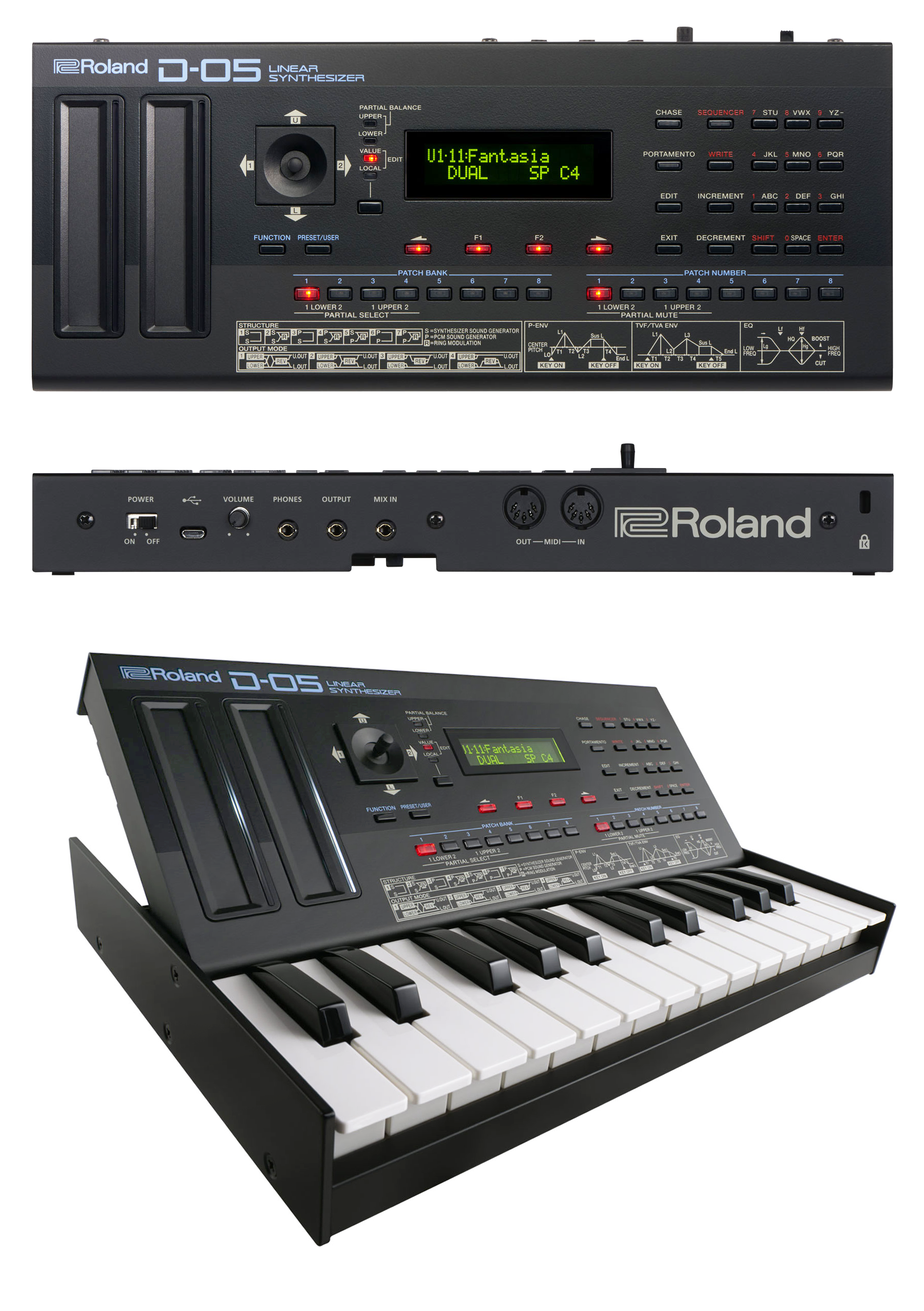
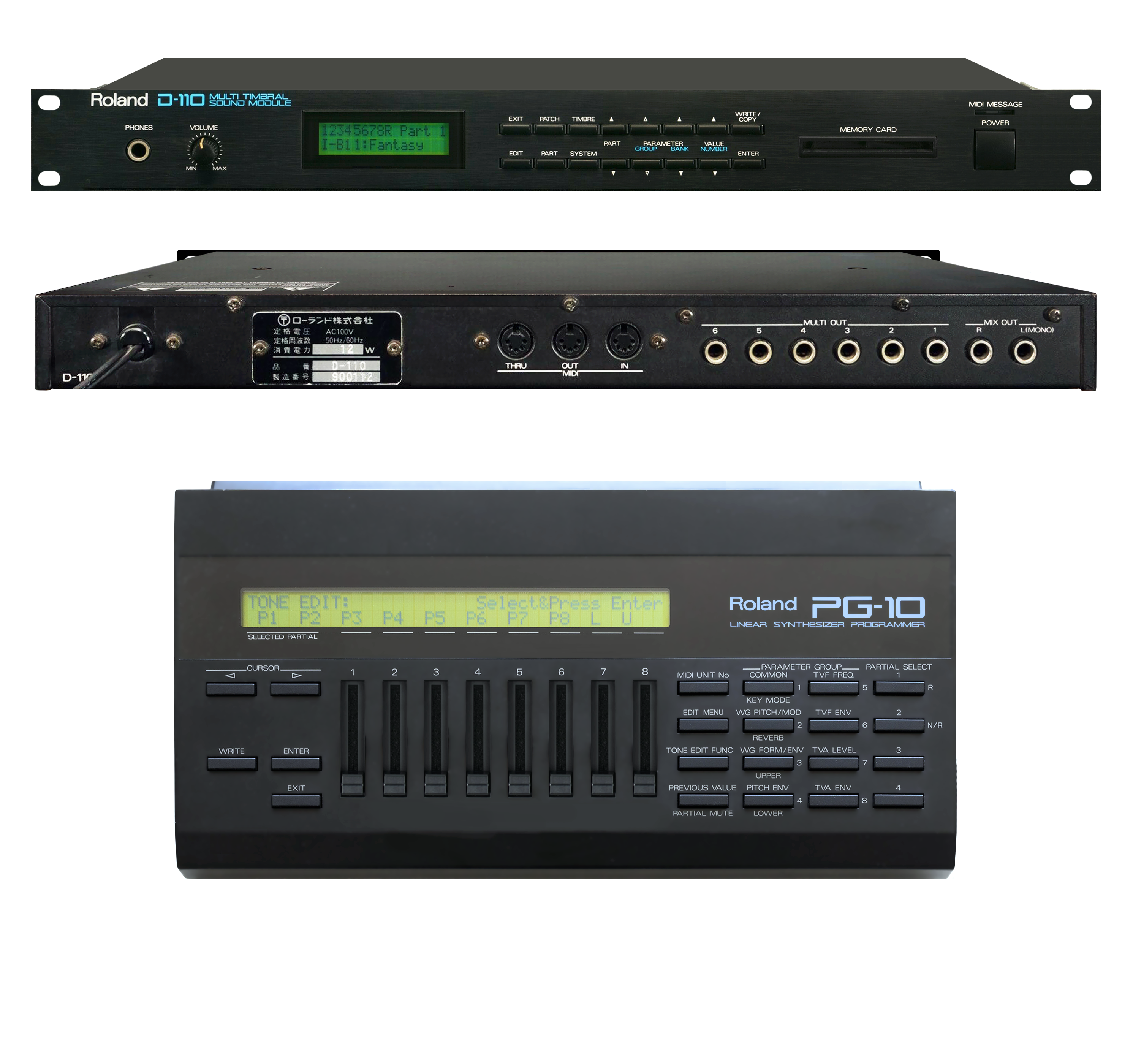

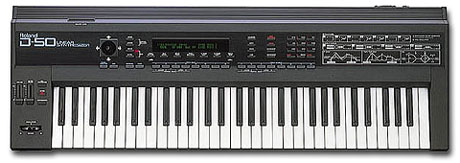
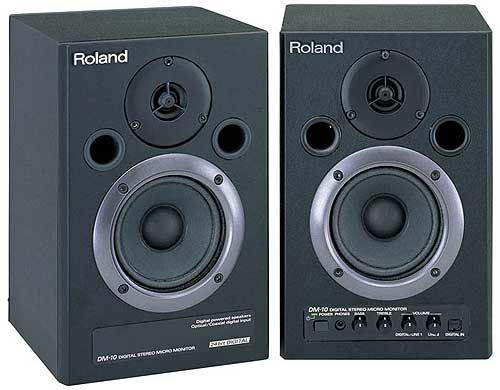
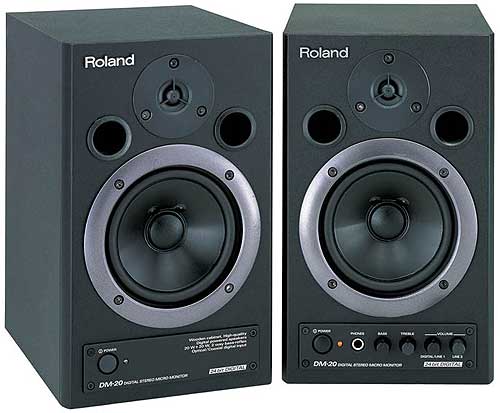
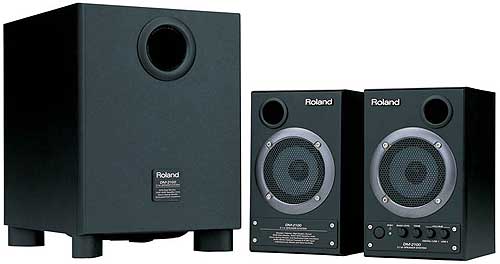
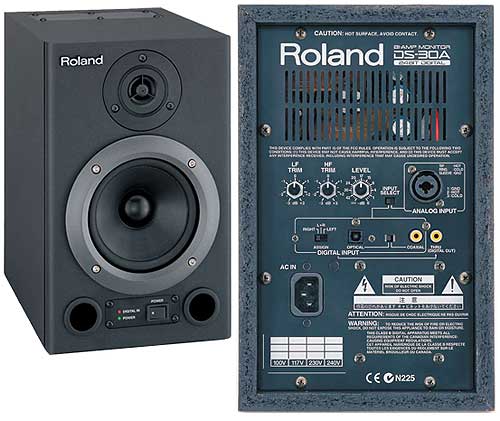
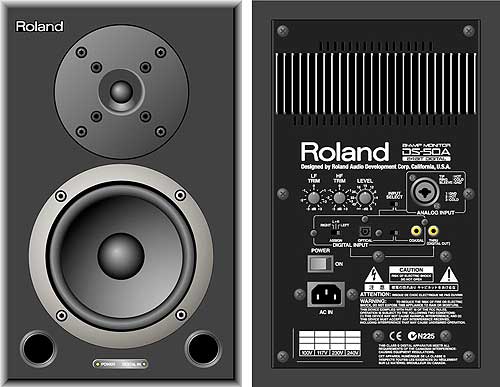
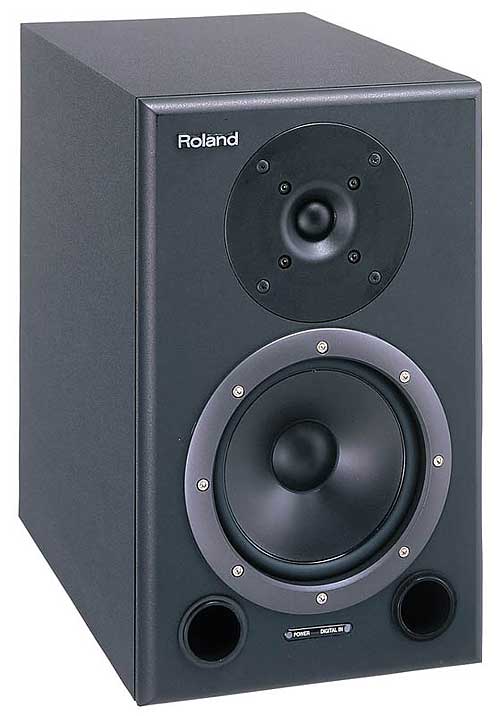
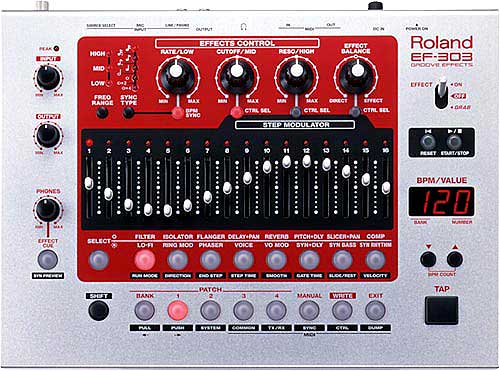
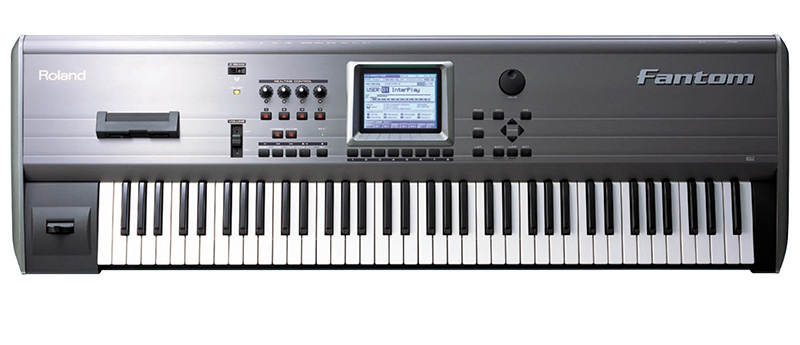

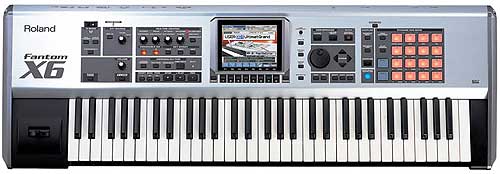


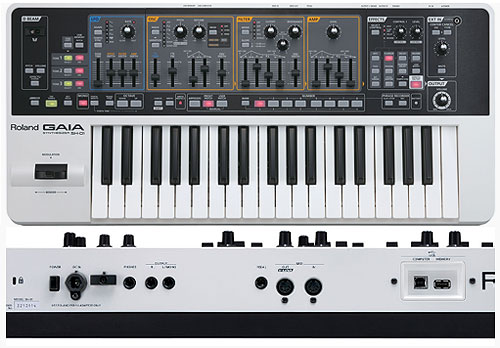
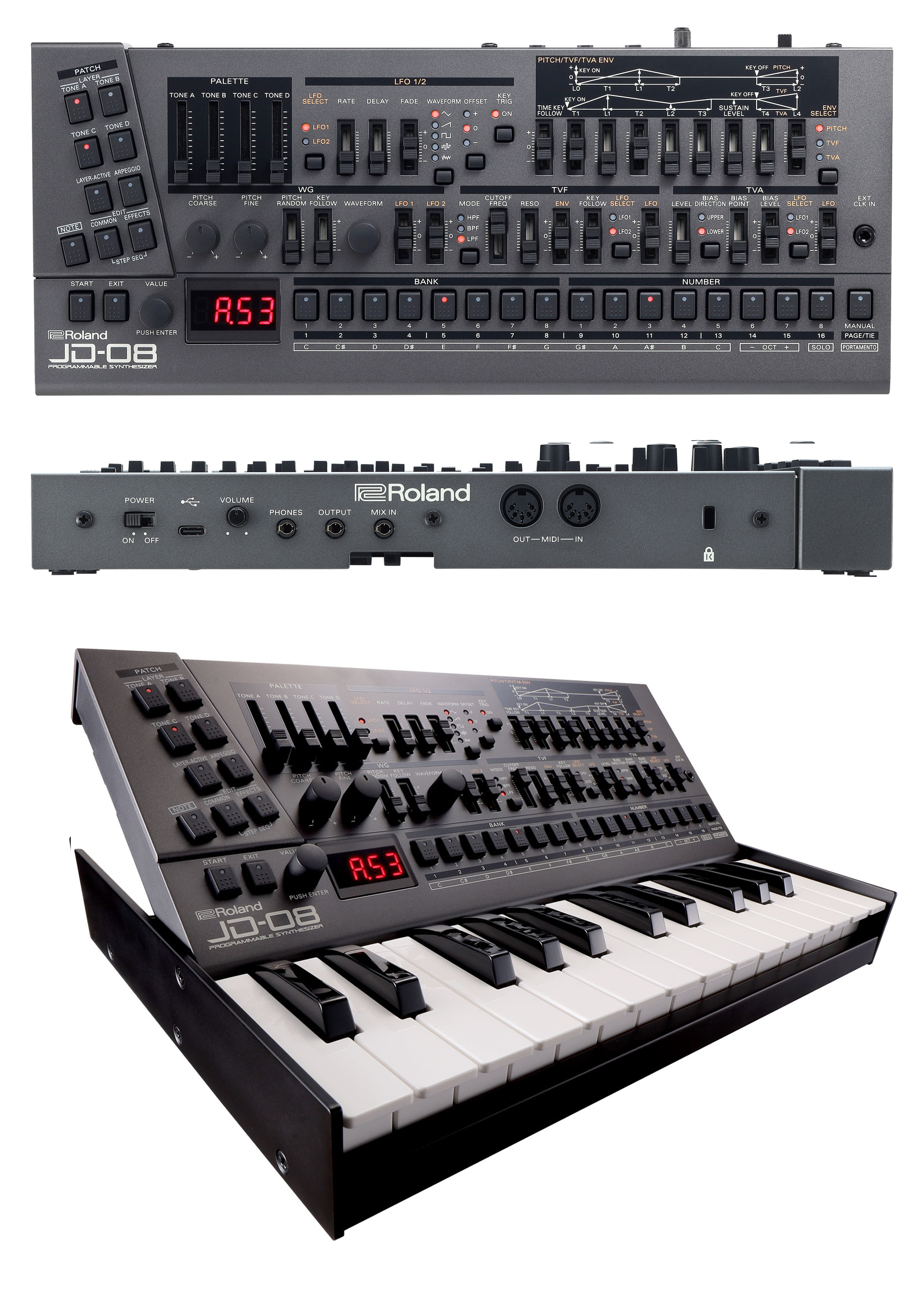
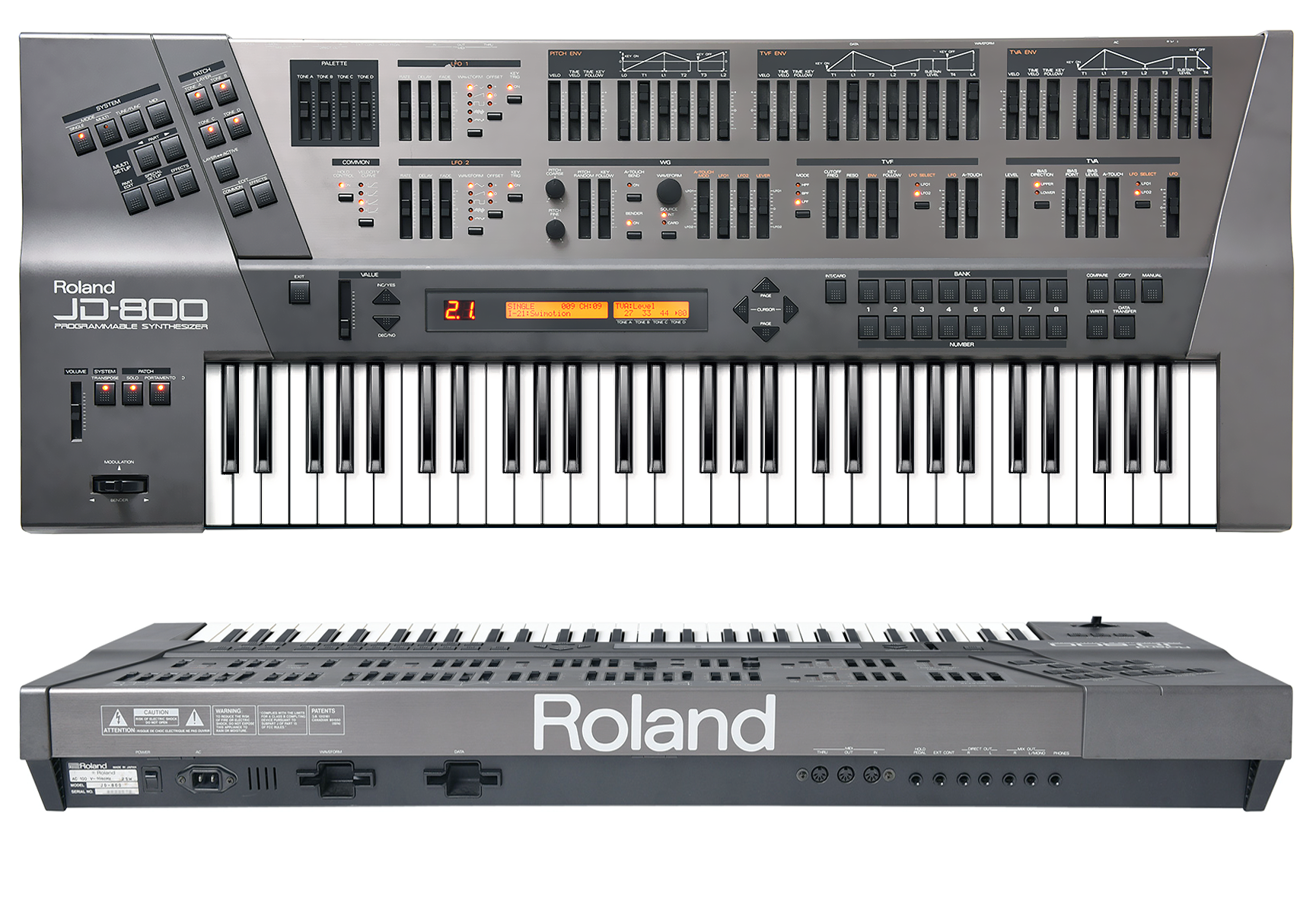
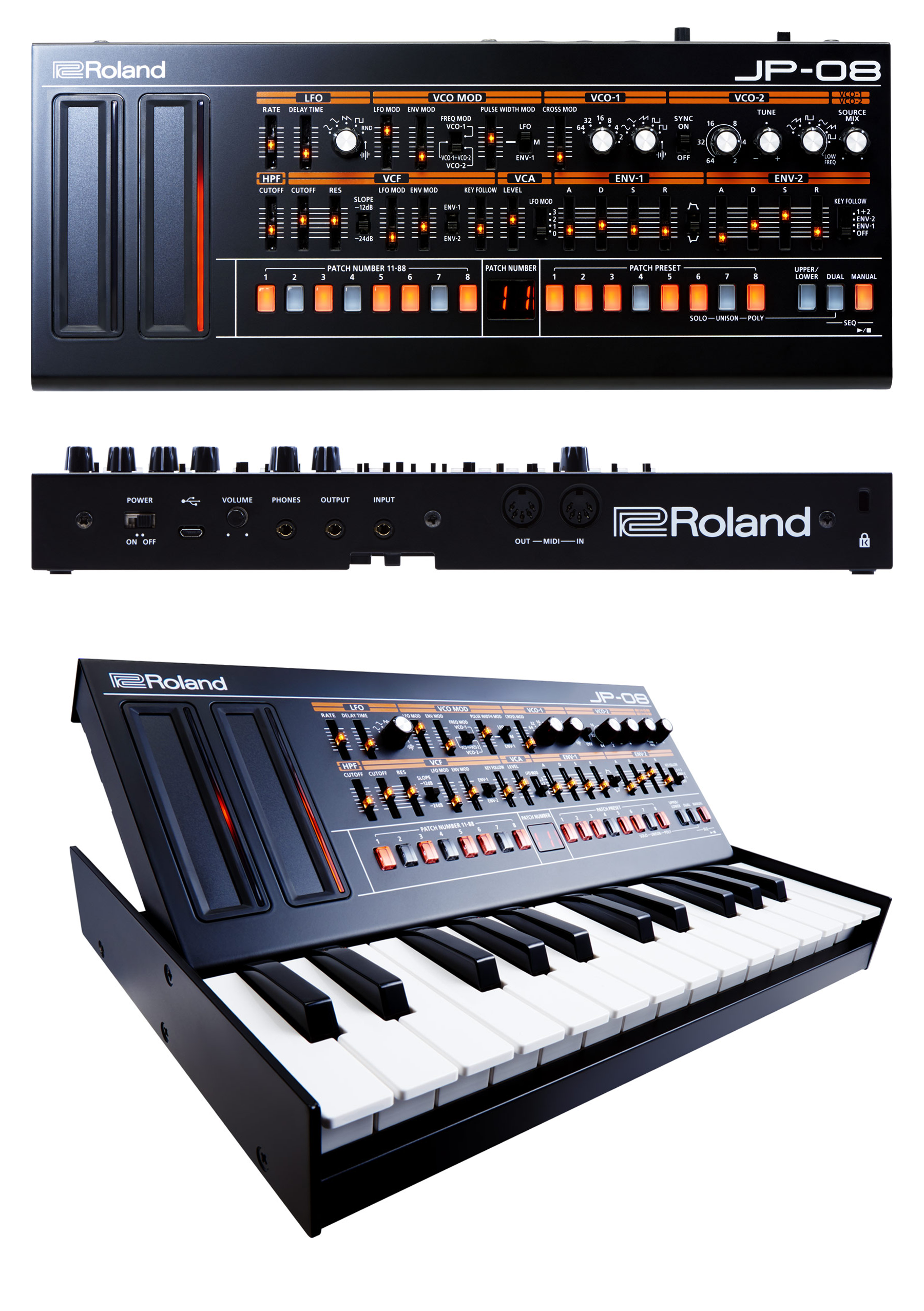
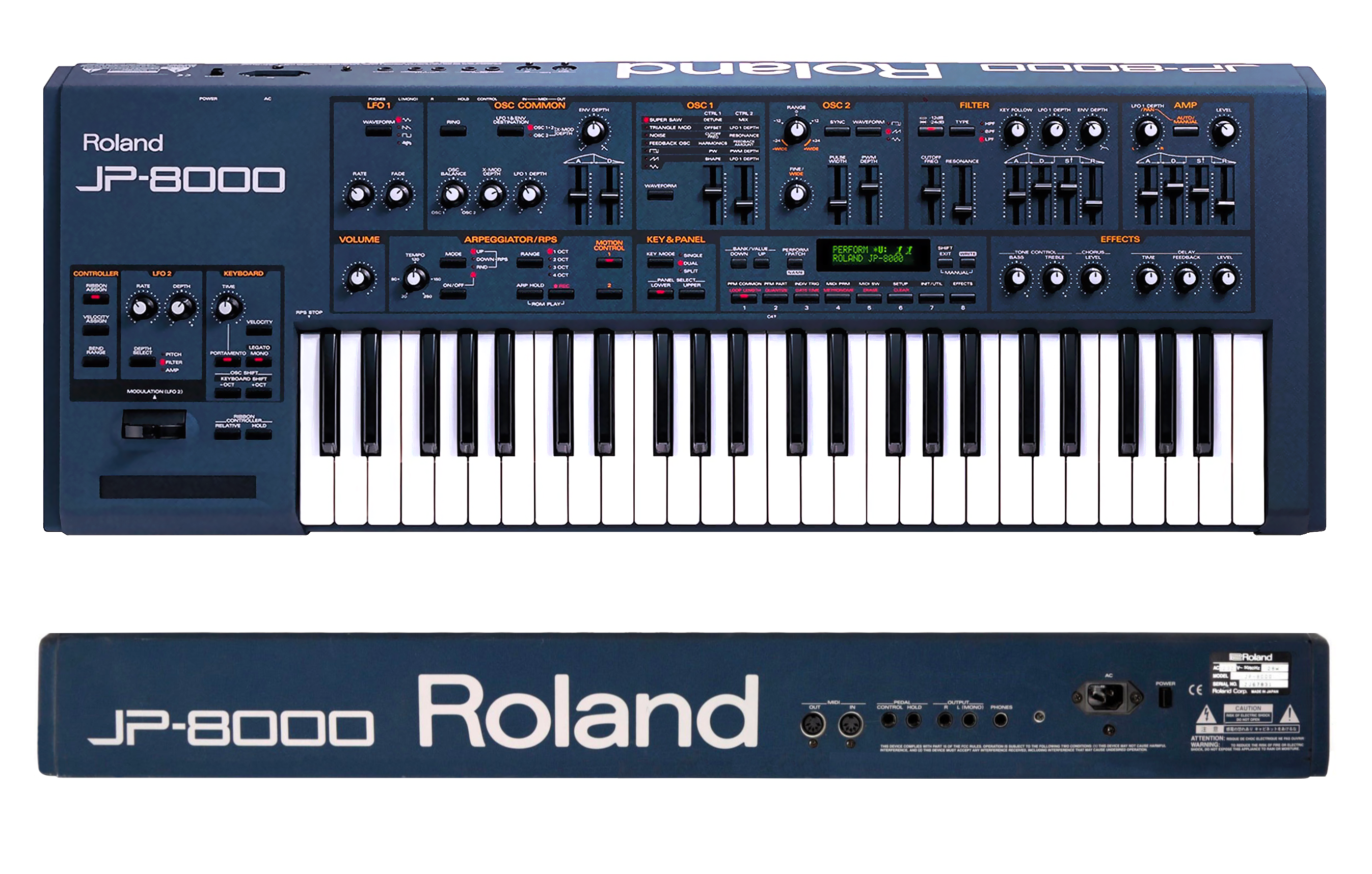
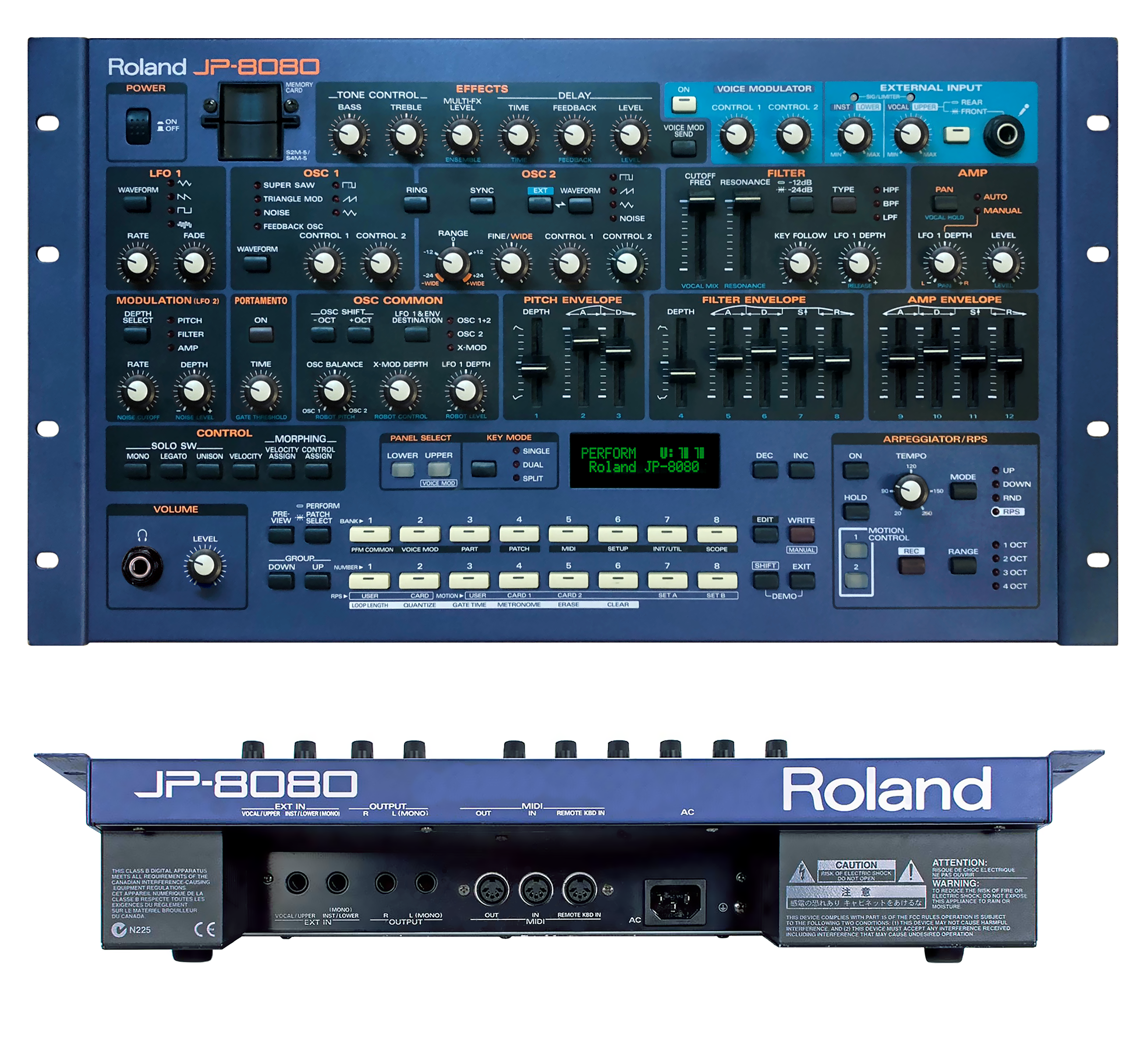
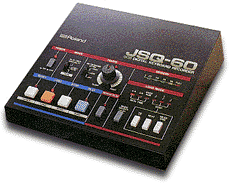
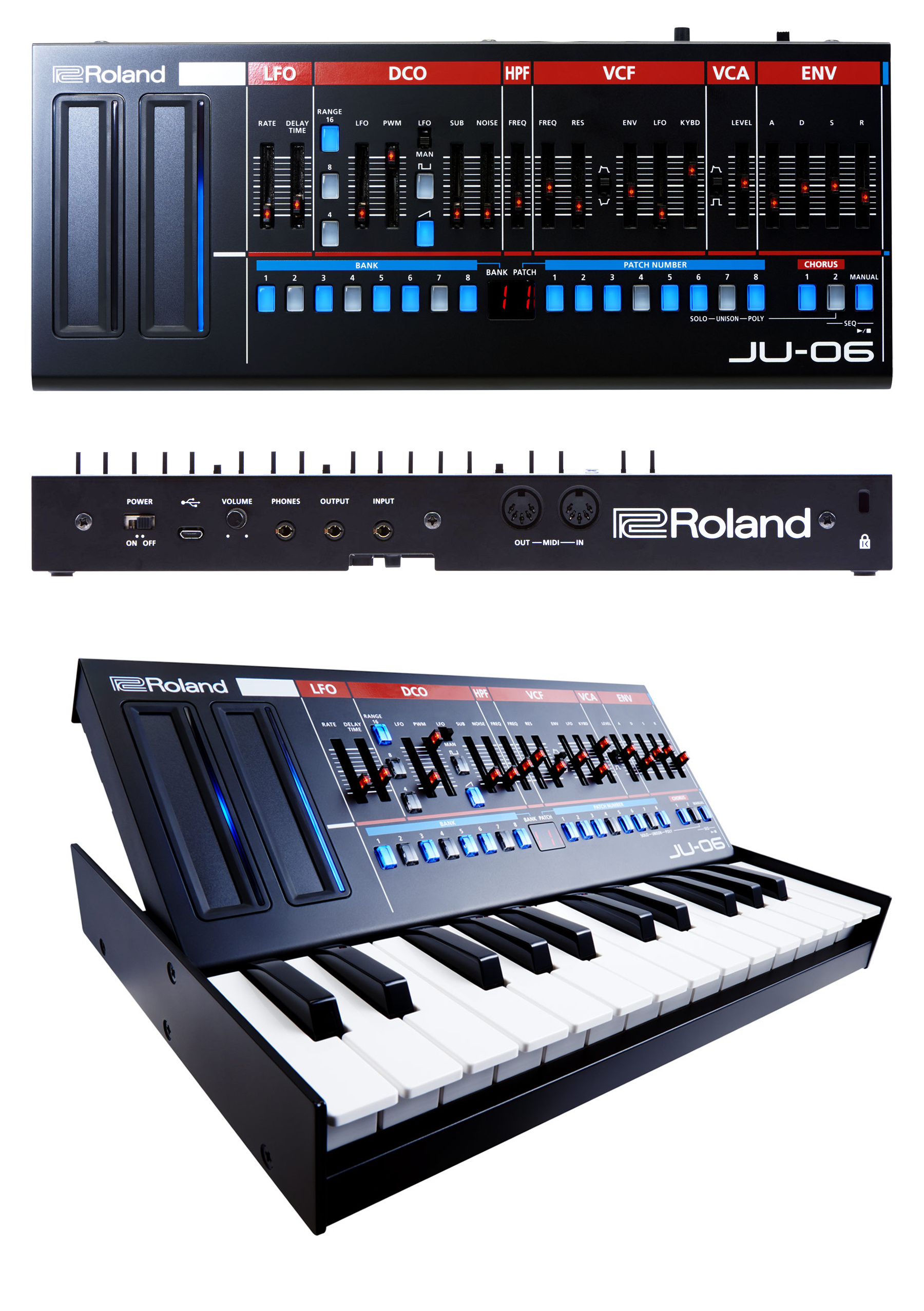
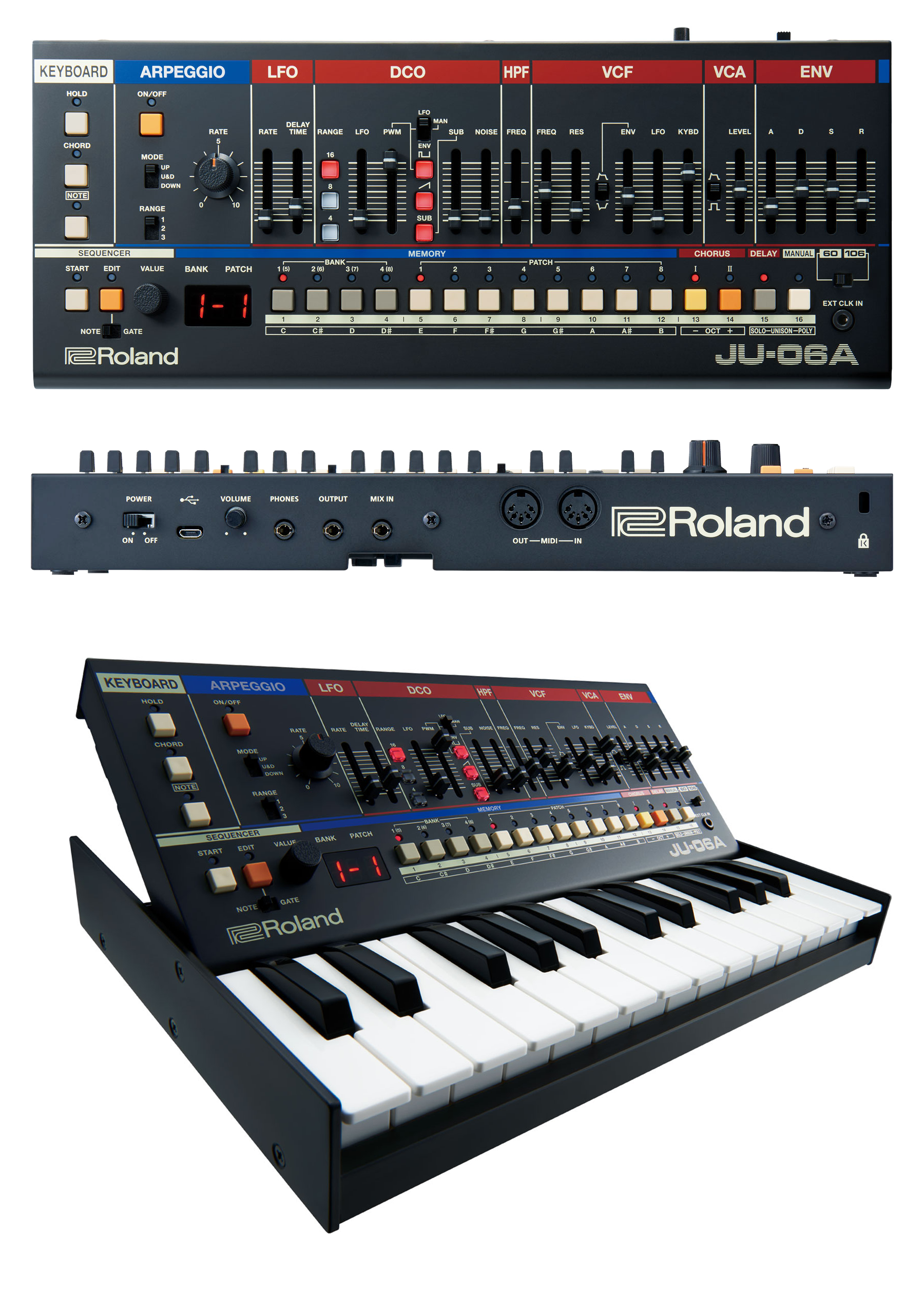
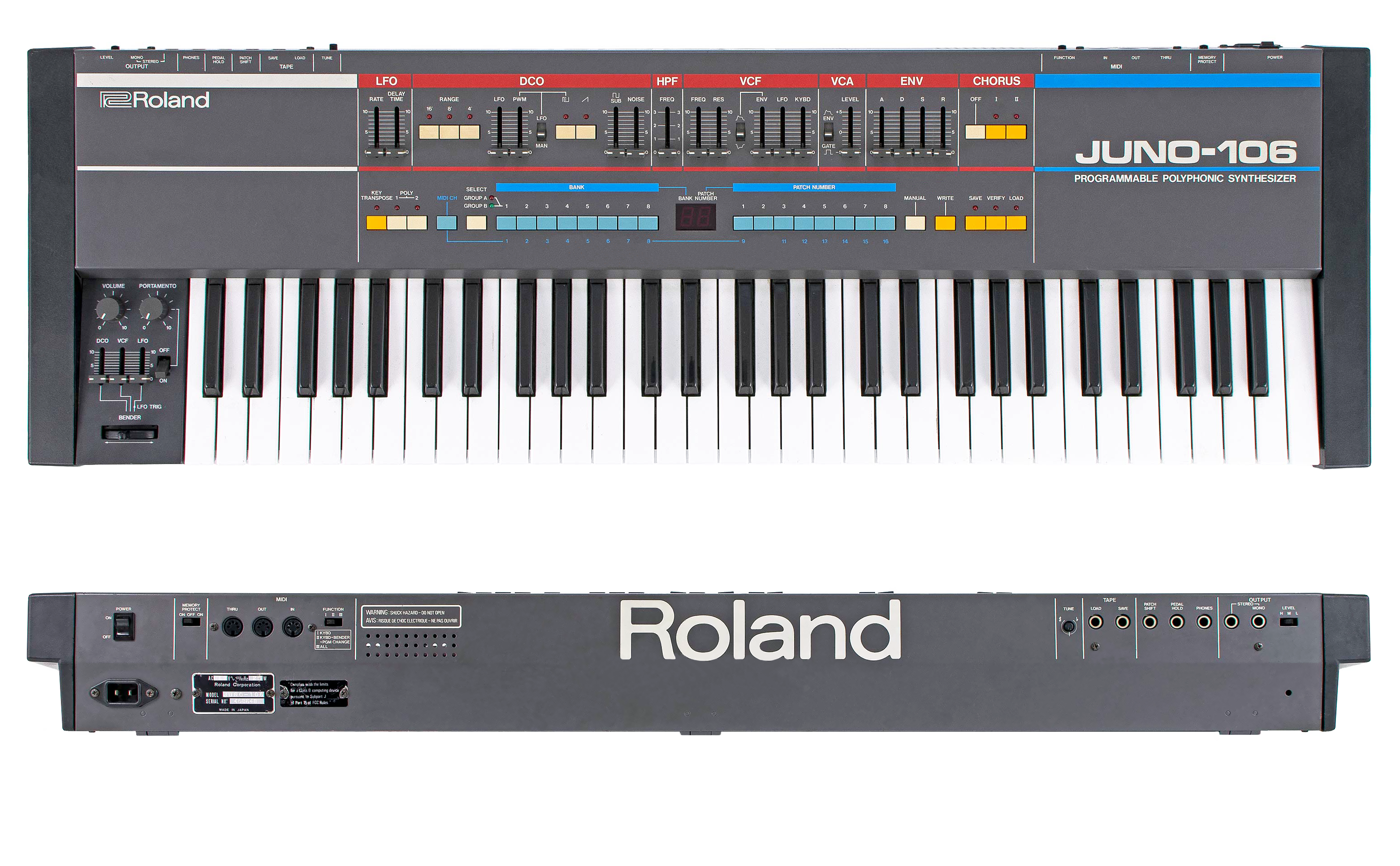
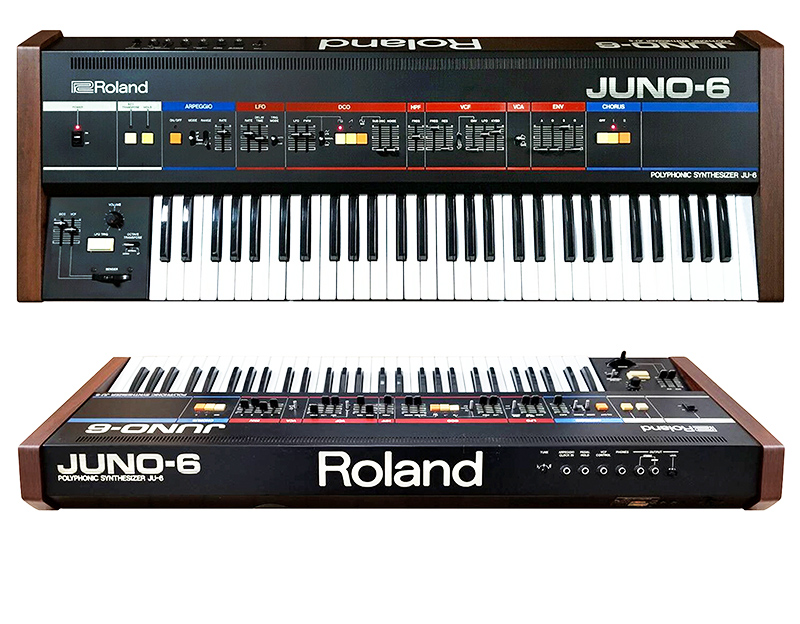
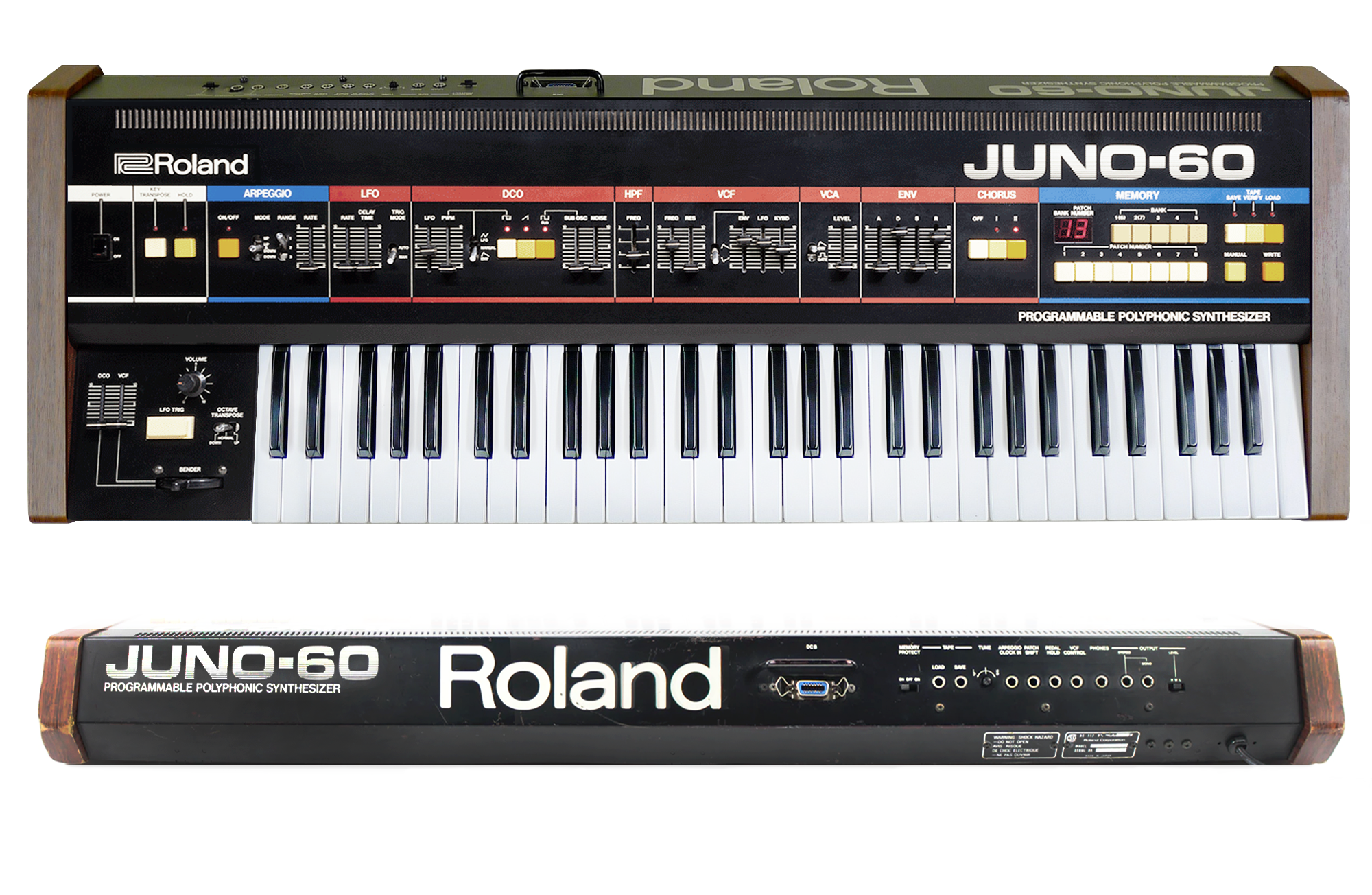


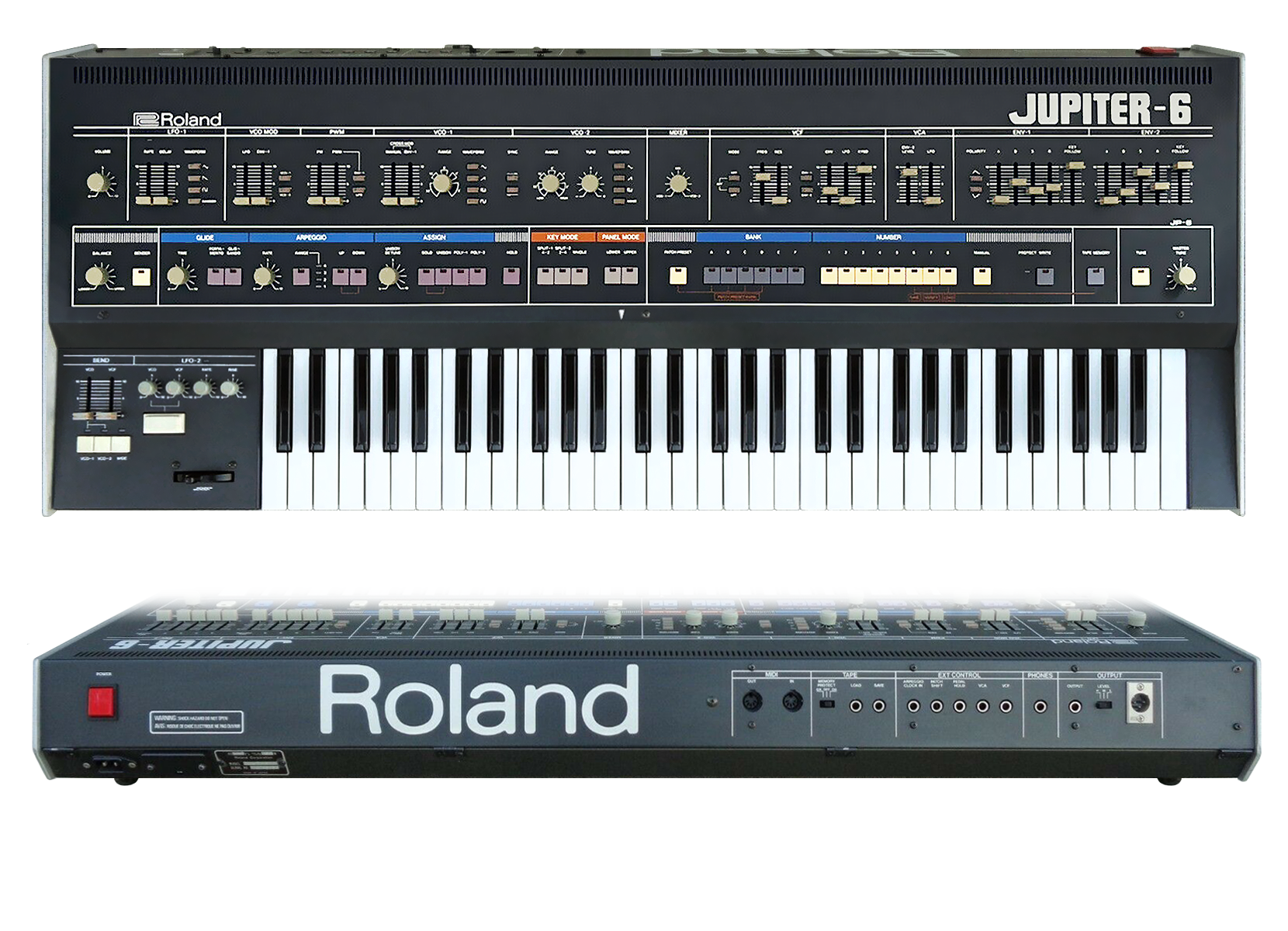
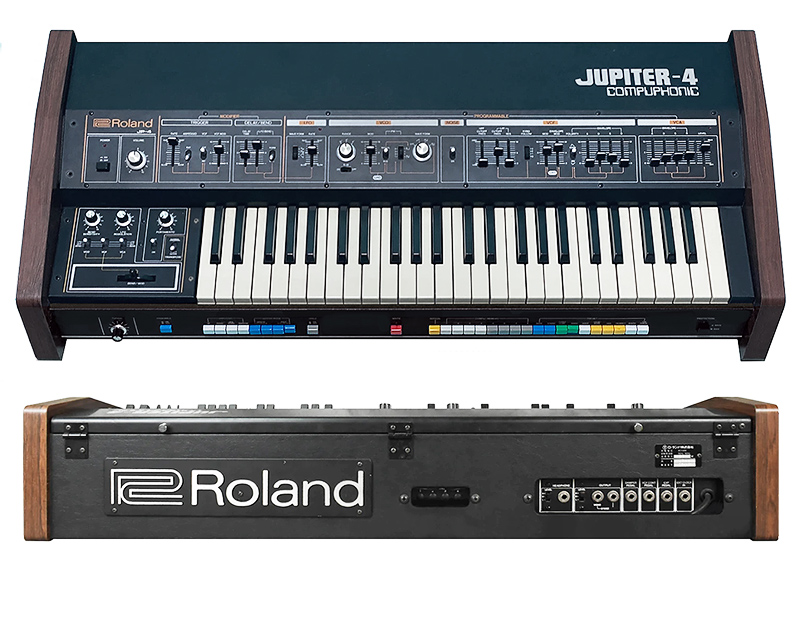
_BIG.jpg)

